
Deutsch-Chinesische Enzyklopädie, 德汉百科
 Vatican city
Vatican city

 History
History
 L 1000 - 1500 AD
L 1000 - 1500 AD

 Art
Art
 WC - Western art 5th century AD - 15th century AD
WC - Western art 5th century AD - 15th century AD

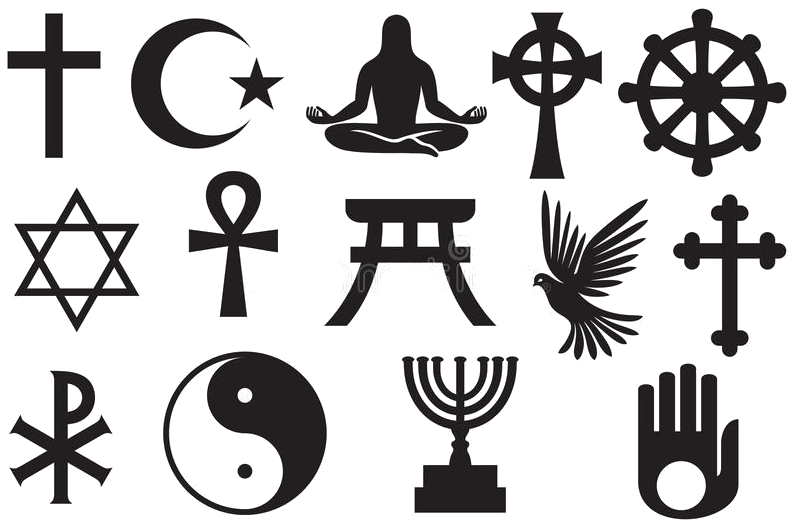 Religion
Religion
 Vatican city
Vatican city

西斯廷教堂(拉丁语:Sacellum Sixtinum;意大利语:Cappella Sistina [kapˈpɛlla siˈstiːna];也称为西斯廷礼拜堂)是一座位于梵蒂冈宗座宫殿内的天主教小堂,紧邻圣伯多禄大殿,以米开朗基罗所绘《创世纪》穹顶画,及壁画《最后的审判》而闻名。堂中的壁画在西斯都四世治下的1482年完成,1483年8月15日西斯都四世在这里举行了第一场圣母升天节弥撒,并决定这里将要供奉童贞玛利亚[1][2]。此外,现在这里也是教宗选举的举行处。
由教宗西斯都四世发起创建,教堂名“西斯廷”即来源于教宗之名“西斯都”。教堂始建于1445年。1481年完工后,波提切利等文艺复兴初期画家以耶稣基督为题目创作了一批壁画。后来根据儒略二世的命令由米开朗棋罗绘制天花板和剩下的壁画。 墙上的壁画取《旧约·圣经》为题材,正面是《最后的审判》,右侧是《基督传》,左侧以《摩西传》为主题。天花板的中央是《旧约·圣经》的创世纪,画有预言者、巫女的像。最精彩是《创造亚当》、《原罪与流放乐园》、《诺亚方舟》。1483年,在此举行过西斯都四世的圣体告别。起初穹顶绘有天空的图案。教堂长40.25米,宽13.41米,高20.73米。依照列王纪第6章所描述的所罗门王神殿比例(60:20:30)所建。
西斯都四世之侄儒略二世于1506年,命米开朗基罗绘制。对于喜欢自称为雕刻家的米开朗基罗来说,虽非本愿,但1508年开始设计创作此画,从教堂内脚手架设置,到设计创作,均为单独一人创作。1512年完成。穹顶中心描绘了旧约中创世纪的9个场景。场面宏大,气势恢宏,人物众多。是米开朗基罗的代表作。
在米开朗基罗创作途中曾前来观摩的拉斐尔深受此画影响,他当时正在创作壁画《雅典学院 》。
画面分成两部分,绘有上帝创造世界的9个场景,即《划分光暗》、《创造日月》、《划分水陆》、《创造亚当》、《创造夏娃》、《逐出乐园》、《挪亚方舟》、《挪亚献祭》、《挪亚醉酒》。房顶与墙壁连接处的弧面为另一部分,分别绘有耶稣的祖先等。
Die Sixtinische Kapelle (italienisch Cappella Sistina) ist eine der Kapellen des Apostolischen Palastes. Sie ist der Ort, an dem das Konklave abgehalten wird, und beherbergt einige der berühmtesten Gemälde der Welt. Ihr Name bezieht sich auf Papst Sixtus IV., unter dem sie zwischen 1475 und 1483 erbaut wurde. Am 15. August 1483 wurde die Kapelle geweiht. Sie steht unter dem Patrozinium der Aufnahme Mariens in den Himmel.
Sie liegt unmittelbar nördlich des Petersdoms und ist mit diesem über die Scala Regia und Sala Regia verbunden. Für Touristen ist allerdings nur der Eintritt über die Vatikanischen Museen möglich. Die Pläne für die Sixtinische Kapelle stammen von Baccio Pontelli. Der Grundriss ist rechteckig. Der Bau ist 40,9 Meter lang, 13,4 Meter breit und 20,7 Meter hoch. Die Kapelle ist in der Proportion des Salomonischen Tempels errichtet, ihre Länge entspricht in etwa der doppelten Höhe und der dreifachen Breite. Die Decke ist ein flaches Stichkappengewölbe.
システィーナ礼拝堂(システィーナれいはいどう、伊: Cappella Sistina)は、ローマ教皇の公邸であるバチカン宮殿にある礼拝堂。サン・ピエトロ大聖堂北隣に位置するその建物とともに、ミケランジェロ、ボッティチェッリ、ペルジーノ、ピントゥリッキオら、盛期ルネサンスを代表する芸術家たちが内装に描いた数々の装飾絵画作品で世界的に有名な礼拝堂である。とくにローマ教皇ユリウス2世の注文でミケランジェロが1508年から1512年にかけて描いた天井画と、ローマ教皇クレメンス7世が注文し、ローマ教皇パウルス3世が完成を命じた、1535年から1541年にかけて描いた『最後の審判』はミケランジェロの絵画作品の頂点とされている。
もともとバチカン宮殿に存在していた古い礼拝堂を1477年から1480年にかけてローマ教皇シクストゥス4世が建て直させた建物で、その教皇名(伊: Sisto IV)にちなんでシスティーナ礼拝堂と名付けられた。この建て直し時には、ペルジーノ、ボッティチェッリ、ギルランダイオらの芸術家たちが、一連の内装フレスコ壁画を手がけている。壁画に描かれているのは『旧約聖書』からの「モーセの生涯の物語」ならびに『新約聖書』からの「キリストの生涯の物語」と、歴代のローマ教皇の肖像画で、これらは1482年から1483年8月にかけて描かれた作品となっている[3]。落成したシスティーナ礼拝堂で最初のミサを執り行ったのはシクストゥス4世だった。このミサは聖母被昇天に捧げられたもので、システィーナ礼拝堂を聖母マリアに奉献することを表明する式典でもあった[4]。
シクストゥス4世以降、システィーナ礼拝堂は宗教的施設とローマ教皇執務室という二つの役割を果たしてきた。現在ではローマ教皇を選出する会議であるコンクラーヴェの会場としても使用されている。
The Sistine Chapel (/ˌsɪstiːn ˈtʃæpəl/; Latin: Sacellum Sixtinum; Italian: Cappella Sistina [kapˈpɛlla siˈstiːna]) is a chapel in the Apostolic Palace, the official residence of the Pope, in Vatican City. Originally known as the Cappella Magna, the chapel takes its name from Pope Sixtus IV, who restored it between 1477 and 1480. Since that time, the chapel has served as a place of both religious and functionary papal activity. Today it is the site of the Papal conclave, the process by which a new pope is selected. The fame of the Sistine Chapel lies mainly in the frescos that decorate the interior, and most particularly the Sistine Chapel ceiling and The Last Judgment by Michelangelo.
During the reign of Sixtus IV, a team of Renaissance painters that included Sandro Botticelli, Pietro Perugino, Pinturicchio, Domenico Ghirlandaio and Cosimo Rosselli, created a series of frescos depicting the Life of Moses and the Life of Christ, offset by papal portraits above and trompe l’oeil drapery below. These paintings were completed in 1482, and on 15 August 1483 Sixtus IV celebrated the first mass in the Sistine Chapel for the Feast of the Assumption, at which ceremony the chapel was consecrated and dedicated to the Virgin Mary.[3][4]
Between 1508 and 1512, under the patronage of Pope Julius II, Michelangelo painted the chapel's ceiling, a project which changed the course of Western art and is regarded as one of the major artistic accomplishments of human civilization.[5][6] In a different climate after the Sack of Rome, he returned and between 1535 and 1541, painted The Last Judgment for Popes Clement VII and Paul III.[7] The fame of Michelangelo's paintings has drawn multitudes of visitors to the chapel ever since they were revealed five hundred years ago.
La chapelle Sixtine, appelée originellement chapelle de Sixte est l'une des salles des palais pontificaux du Vatican. À l'heure actuelle, elle fait partie des musées du Vatican. C'est dans la chapelle Sixtine que, traditionnellement depuis le XVe siècle, les cardinaux réunis en conclave élisent le nouveau pape (des conclaves s'étant tenus également dans la Cappella Parva et le palais du Quirinal), et obligatoirement depuis la constitution apostolique Universi Dominici Gregis édictée par Jean-Paul II en 19961.
La plus grande chapelle du Vatican doit son nom au pape Sixte IV, qui la fit bâtir de 1477 à 1483. Elle fut consacrée lors de la fête de l'Assomption, le 15 août 1483. Sa voûte, décorée de fresques achevées par Michel-Ange en quatre ans, fut inaugurée par Jules II le 31 octobre 1512. Le mur du fond comporte une immense fresque illustrant le Jugement dernier, peinte près d'un quart de siècle plus tard par Michel-Ange alors sexagénaire et dévoilée par Paul III, après six ans de travaux, le 1er novembre 1541.
Précédée d'une antichambre (la Sala Regia), la chapelle se situe à l'angle sud-ouest du palais. Elle communique avec les chambres de Raphaël, qui abritent aujourd'hui la collection d'art religieux moderne. Ses architectes présumés sont Baccio Pontelli et Giovannino de' Dolci. Elle comprend un souterrain, un entresol et la chapelle proprement dite. Elle est ceinte, en hauteur, d'un chemin de garde défensif.
Son plan est simple : c'est une salle rectangulaire de quelque 40 mètres de long sur 13 mètres de large et 21 mètres de hauteur (on observe que 21 : 13 = 1,61, ce qui correspond au nombre d'or souvent utilisé par les architectes de jadis), coiffée d'une voûte en berceau et éclairée de douze fenêtres cintrées. Le sol est recouvert de marbres polychromes. Un jubé grillagée en marbre, œuvre de Mino da Fiesole sépare l'espace réservé aux clercs de celui accessible aux laïcs.
La chapelle doit sa célébrité à son exceptionnelle décoration peinte, réalisée par les plus grands artistes de la Renaissance, parmi lesquels Michel-Ange, Le Pérugin, Sandro Botticelli, Domenico Ghirlandaio, Cosimo Rosselli et Pinturicchio. Chaque jour, quelque 10 000 touristes la visitent, avec des pointes de 20 000 personnes aux périodes d'affluence. Cette concentration humaine provoque de multiples exhalaisons de gaz carbonique et risque, à terme, d'endommager les peintures2.
La Cappella Sistina, dedicata a Maria Assunta in Cielo[1], è la principale cappella del palazzo apostolico, nonché uno dei più famosi tesori culturali e artistici della Città del Vaticano, inserita nel percorso dei Musei Vaticani. Fu costruita tra il 1475 e il 1481, all'epoca di papa Sisto IV della Rovere, da cui prese il nome.
È conosciuta in tutto il mondo sia per essere il luogo nel quale si tengono il conclave e altre cerimonie ufficiali del Papa (in passato anche alcune incoronazioni papali), sia per essere decorata con una delle opere d'arte più conosciute e celebrate della civiltà artistica occidentale, gli affreschi di Michelangelo Buonarroti, che ricoprono la volta (1508-1512) e la parete di fondo (del Giudizio universale) sopra l'altare (1535-1541).
È considerata forse la più completa e importante di quella «teologia visiva, che è stata chiamata Biblia pauperum»[2]. Le pareti inoltre conservano una serie di affreschi di alcuni dei più grandi artisti italiani della seconda metà del Quattrocento (Sandro Botticelli, Pietro Perugino, Pinturicchio, Domenico Ghirlandaio, Luca Signorelli, Piero di Cosimo e altri).
Esiste anche una "Cappella Sistina" nella basilica di Santa Maria Maggiore a Roma, edificata da Sisto V, e una nella cattedrale di Savona, fatta edificare da Sisto IV come mausoleo per i propri genitori.
La Capilla Sixtina es una capilla del Palacio Apostólico de la Ciudad del Vaticano, la residencia oficial del papa. Se trata de la estancia más conocida del conjunto palaciego.
Originalmente servía como capilla de la fortaleza vaticana. Conocida anteriormente como Cappella Magna, toma su nombre del papa Sixto IV, quien ordenó su restauración entre 1473 y 1481. Desde entonces la capilla ha servido para celebrar diversos actos y ceremonias papales. Actualmente es la sede del cónclave, la reunión en la que los cardenales electores del Colegio Cardenalicio eligen a un nuevo papa. La fama de la Capilla Sixtina se debe principalmente a su decoración al fresco, y especialmente a la bóveda y el testero, con El Juicio Final, ambas obras de Miguel Ángel.
Durante el pontificado de Sixto IV, un grupo de pintores renacentistas que incluía a Sandro Botticelli, Pietro Perugino, Pinturicchio, Domenico Ghirlandaio, Cosimo Rosselli y Luca Signorelli realizó dos series de paneles al fresco sobre la vida de Moisés (a la izquierda del altar, mirando hacia El Juicio Final) y la de Jesucristo (a la derecha del altar), acompañadas por retratos de los papas que habían gobernado la Iglesia hasta entonces en la zona superior y por cortinas pintadas con trampantojo en la zona inferior.
Las pinturas fueron concluidas en 1482, y el 15 de agosto de 1483, con motivo de la festividad de la Asunción, Sixto IV celebró la primera misa en la capilla y la consagró a la Virgen María.12
Entre 1508 y 1512, por encargo del papa Julio II, Miguel Ángel decoró la bóveda, creando una obra de arte sin precedentes que cambiaría el curso del arte occidental.34 Años después, tras el Saco de Roma, pintó también El Juicio Final en la pared del altar entre 1536 y 1541 para los papas Clemente VII y Pablo III.5 Más de cinco siglos después, los frescos de Miguel Ángel siguen atrayendo a multitud de visitantes a la capilla, y son considerados una de las obras cumbre de la historia de la pintura.
Сиксти́нская капе́лла (лат. Sacellum Sixtinum; итал. Cappella Sistina) — бывшая домовая церковь в Ватикане. Построена в 1473—1481 годах архитектором Джордже де Дольчи, по заказу папы римского Сикста IV, откуда и произошло название. Ныне Капелла — музей, выдающийся памятник Возрождения, который используется также для проведения конклавов, на которых кардиналы избирают нового папу римского. Хор Сикстинской капеллы — всемирно известный профессиональный церковный хор.
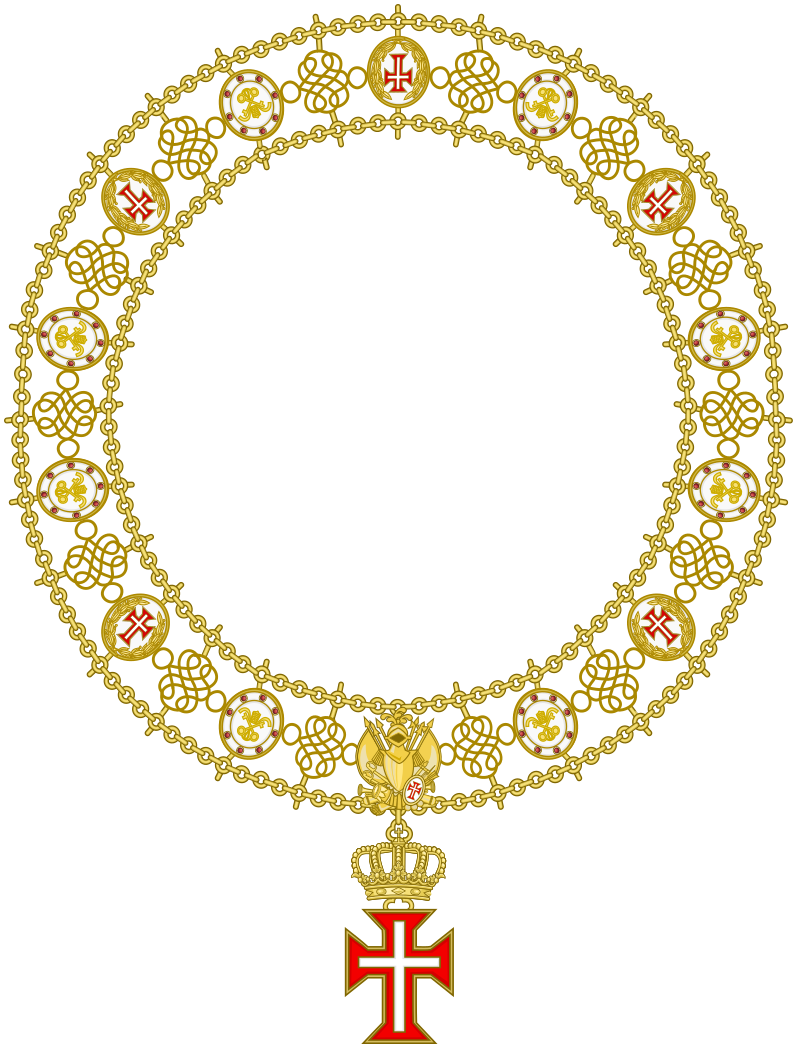


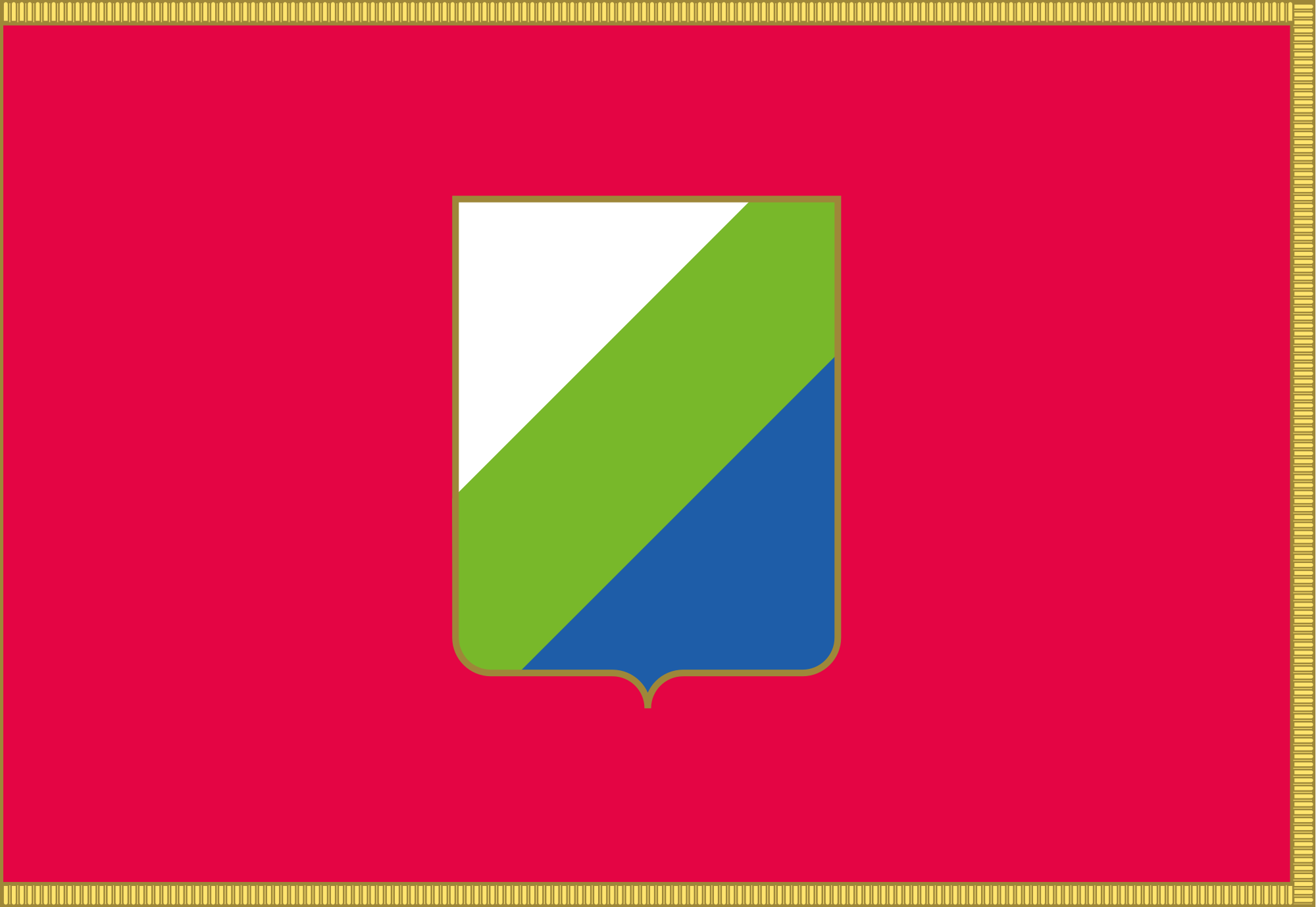 Abruzzo
Abruzzo

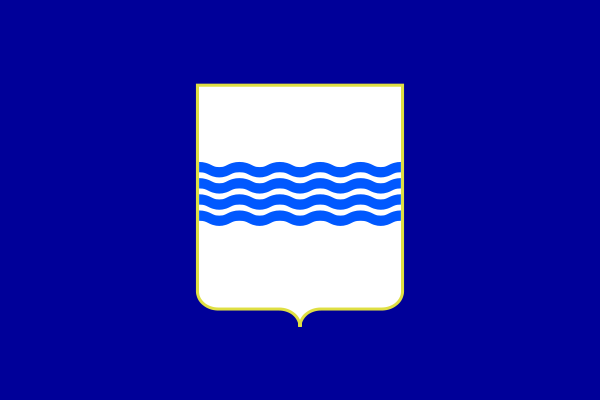 Basilicata
Basilicata
 Belgium
Belgium

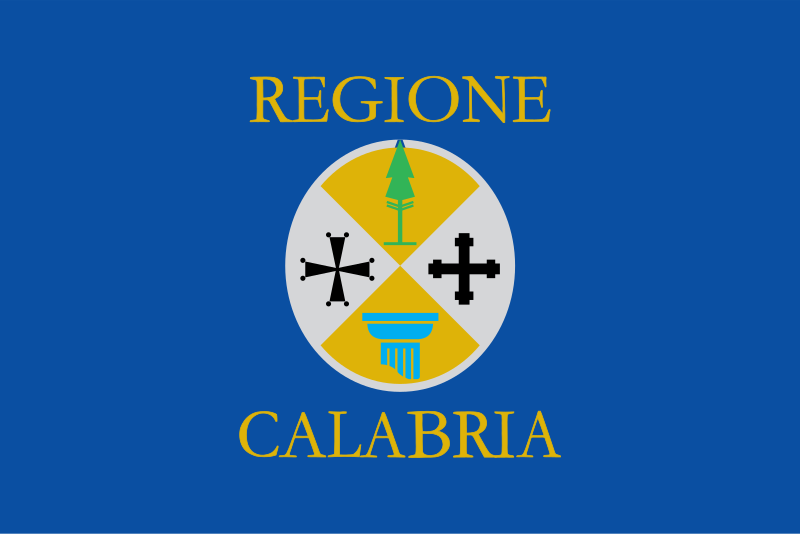 Calabria
Calabria

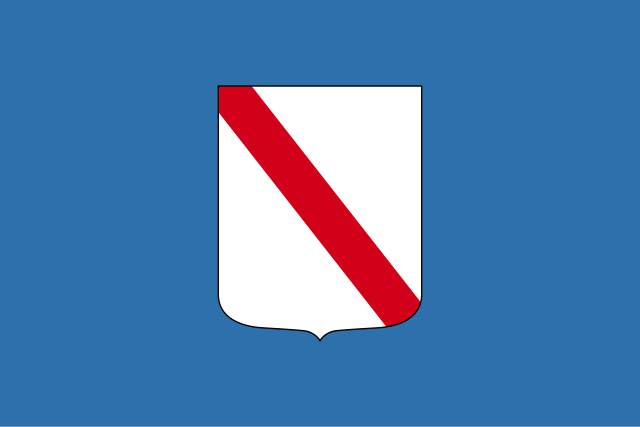 Campania
Campania
 Denmark
Denmark

 Emilia-Romagna
Emilia-Romagna
 France
France

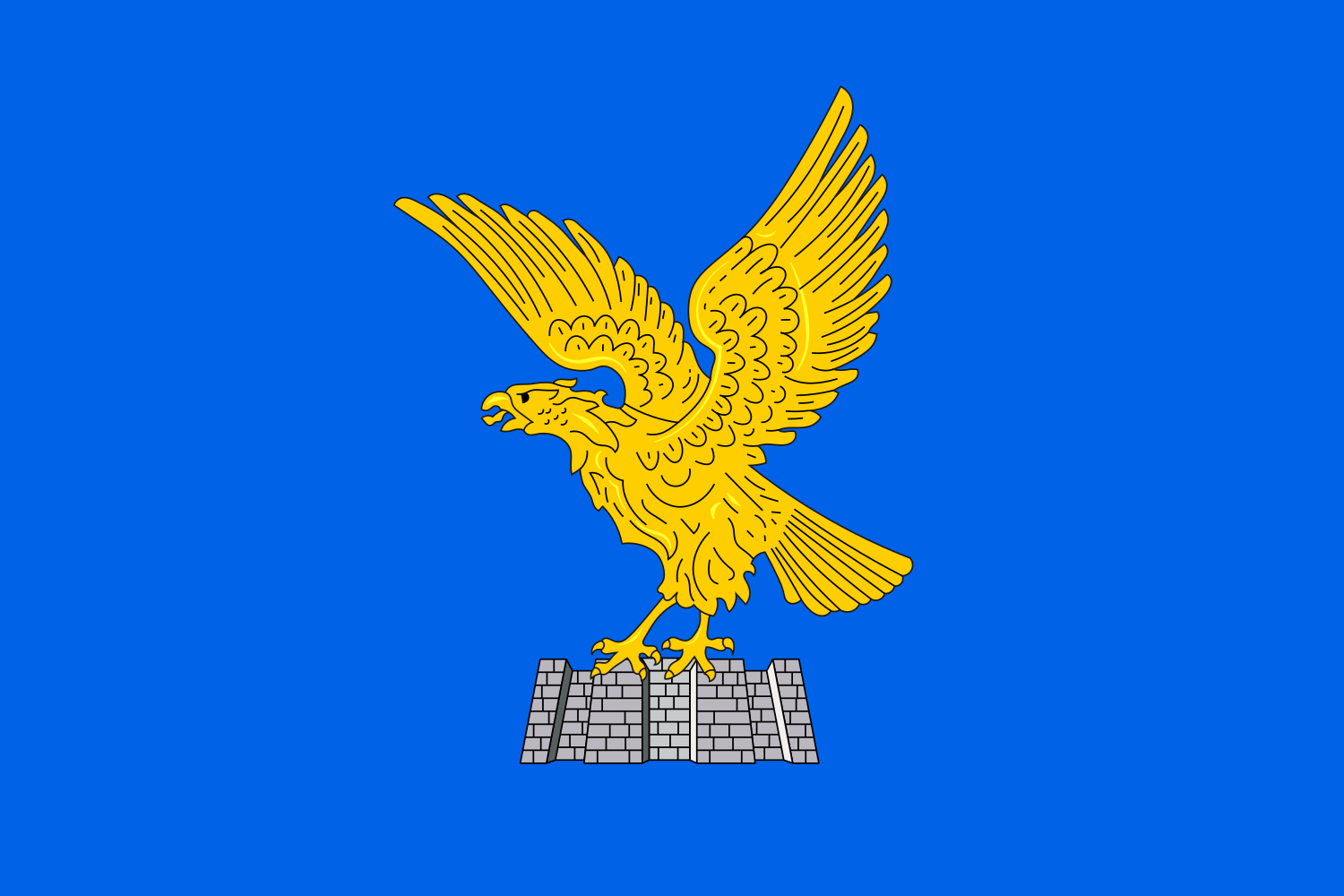 Friuli-Venezia Giulia
Friuli-Venezia Giulia
 Greece
Greece
 Israel
Israel
 Italy
Italy

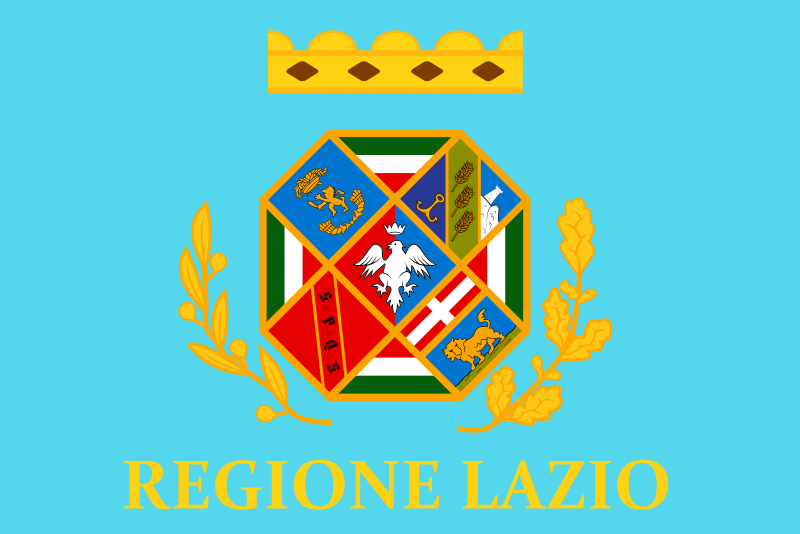 Lazio
Lazio

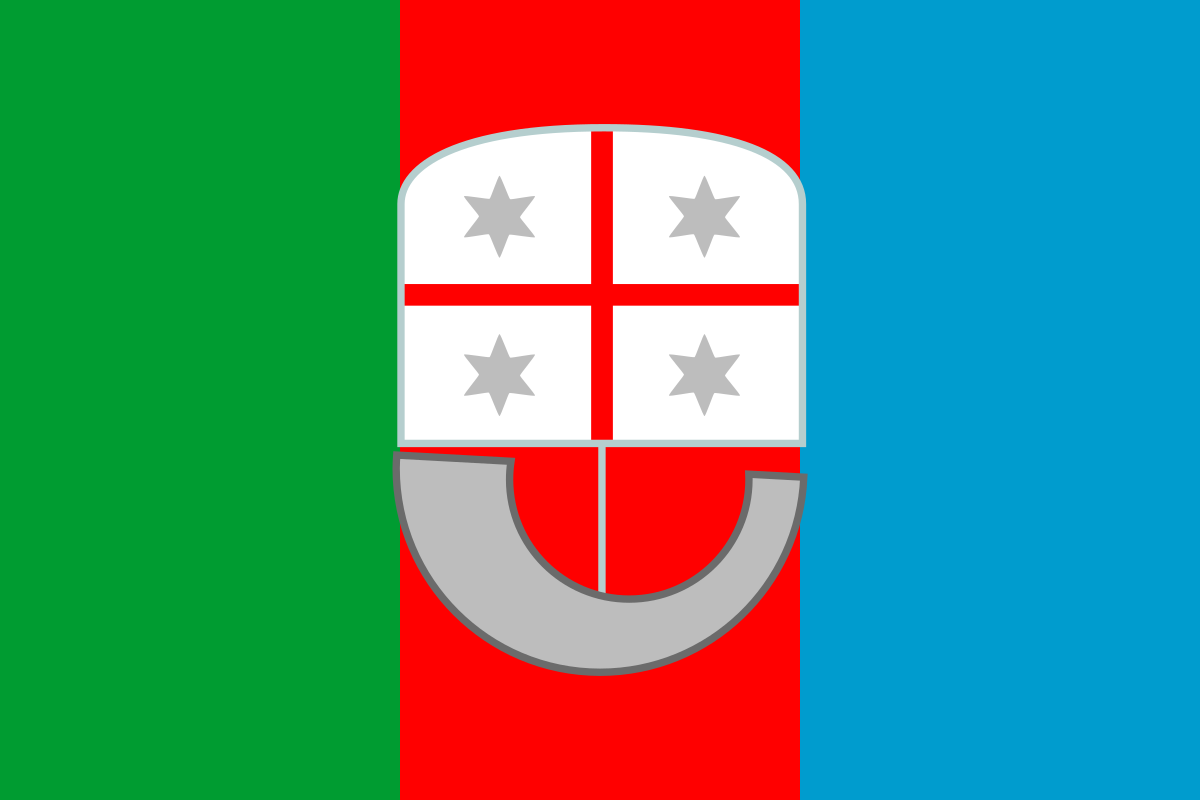 Liguria
Liguria

 Lombardia
Lombardia

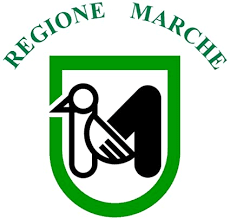 Marche
Marche

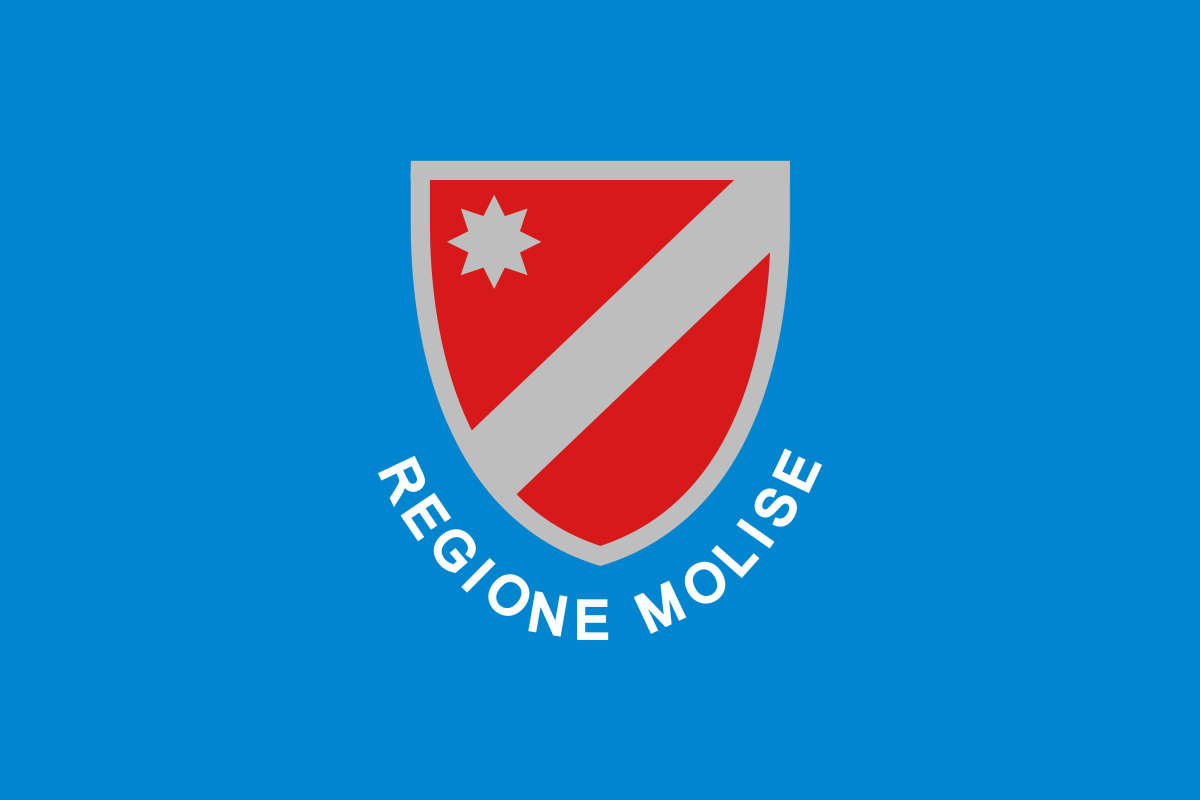 Molise
Molise
 Monaco
Monaco
 Netherlands
Netherlands
 Northern Ireland
Northern Ireland

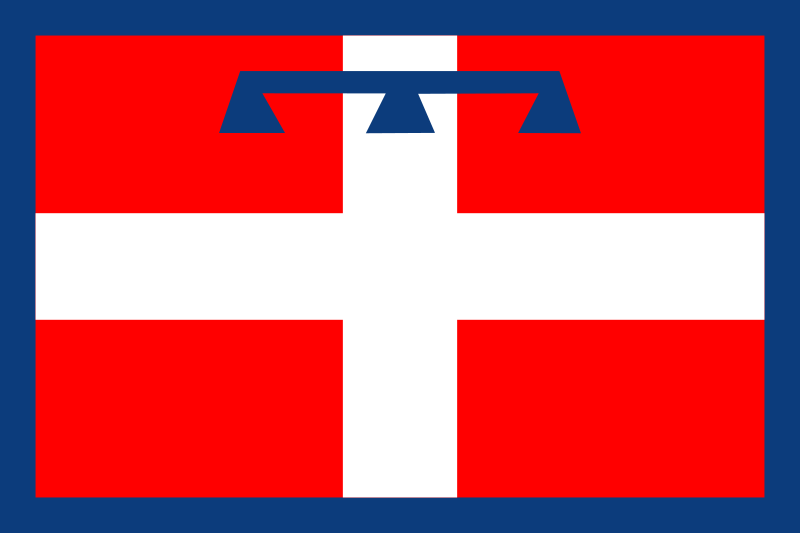 Piemonte
Piemonte

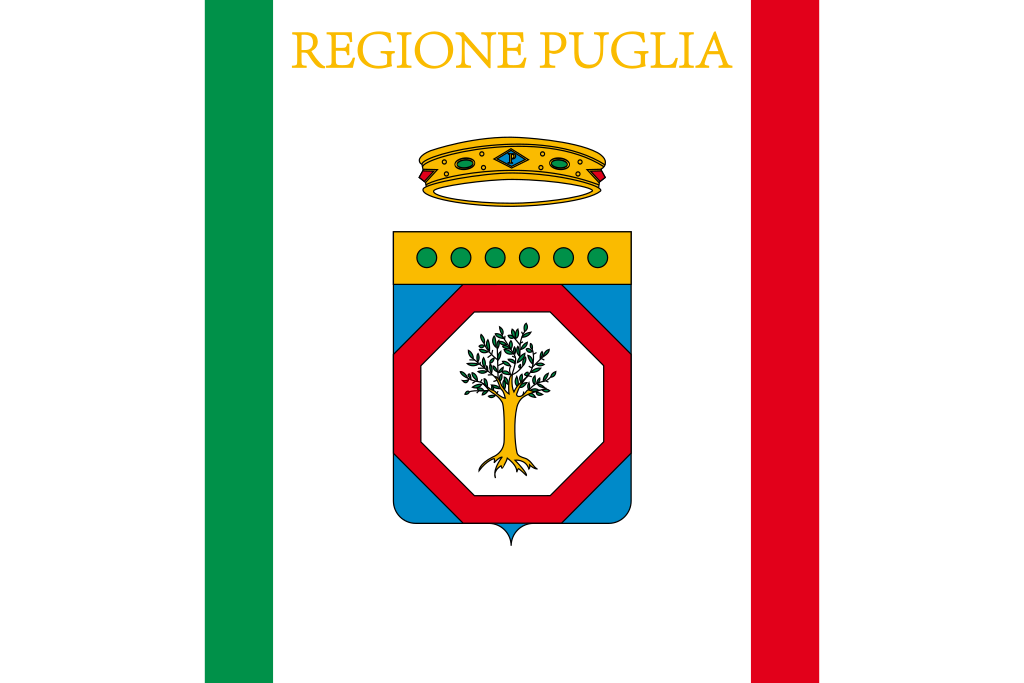 Puglia
Puglia
 San Marino
San Marino

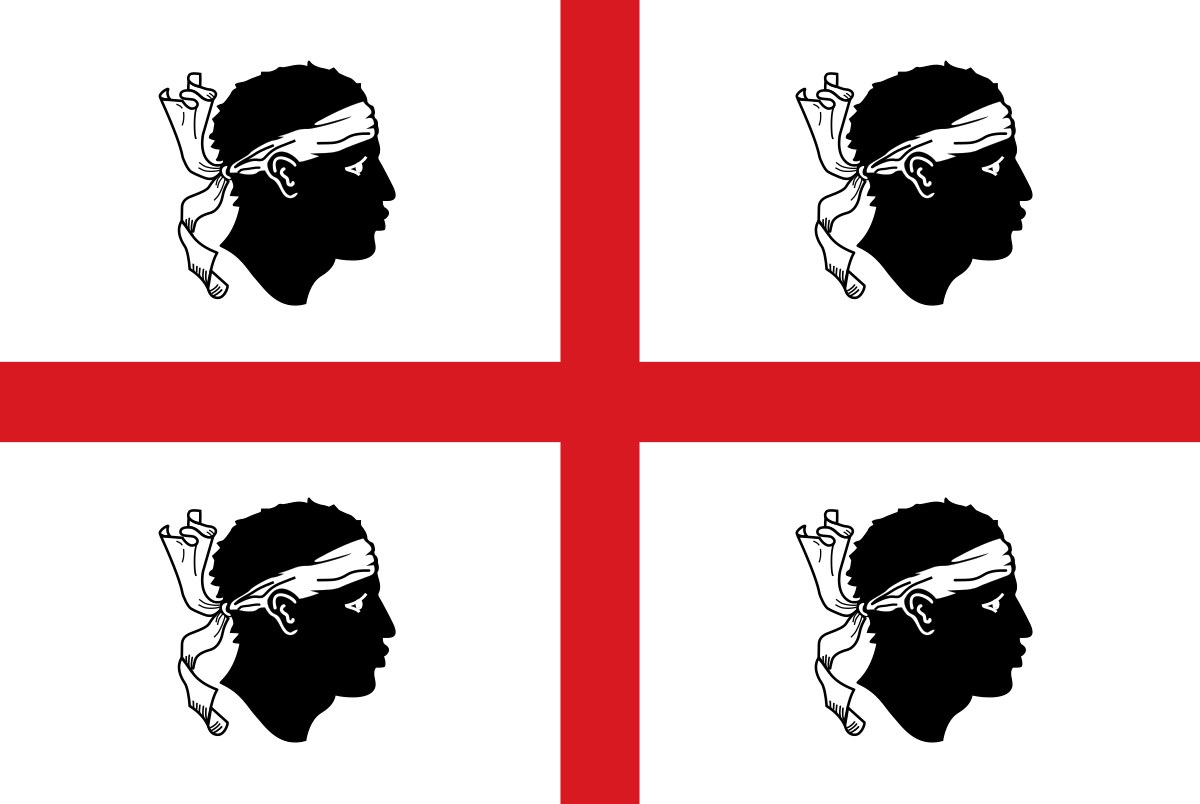 Sardegna
Sardegna

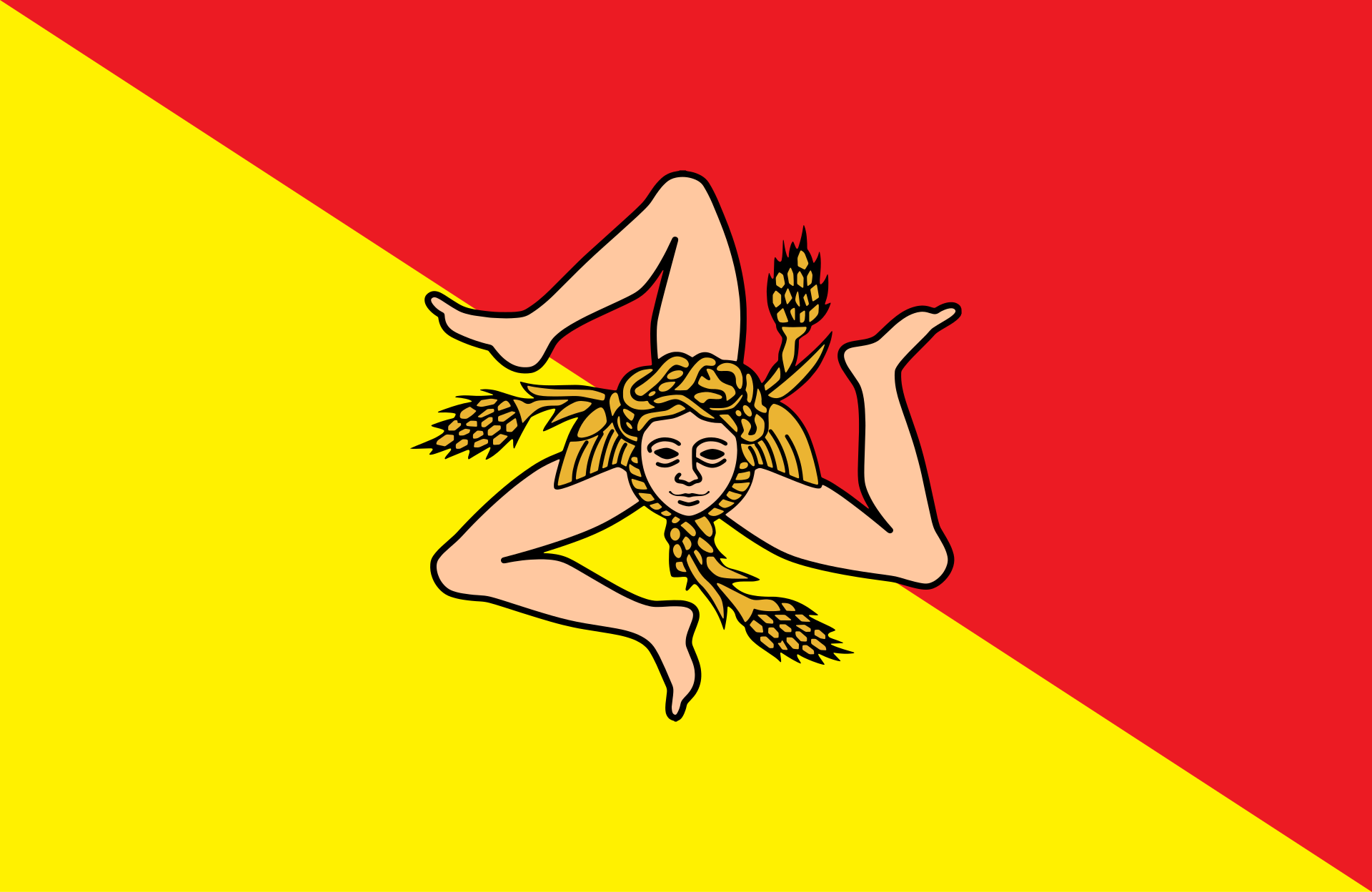 Sicilia
Sicilia

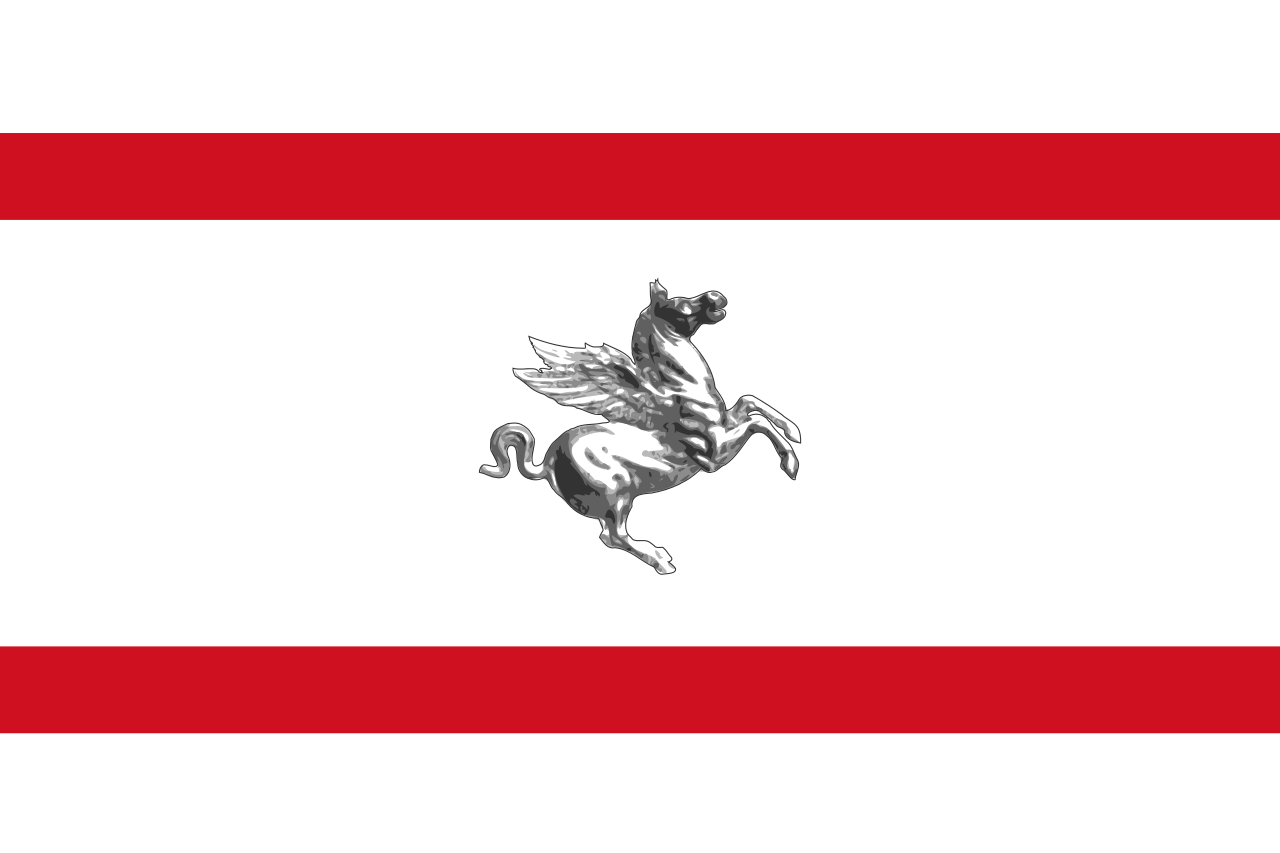 Toscana
Toscana

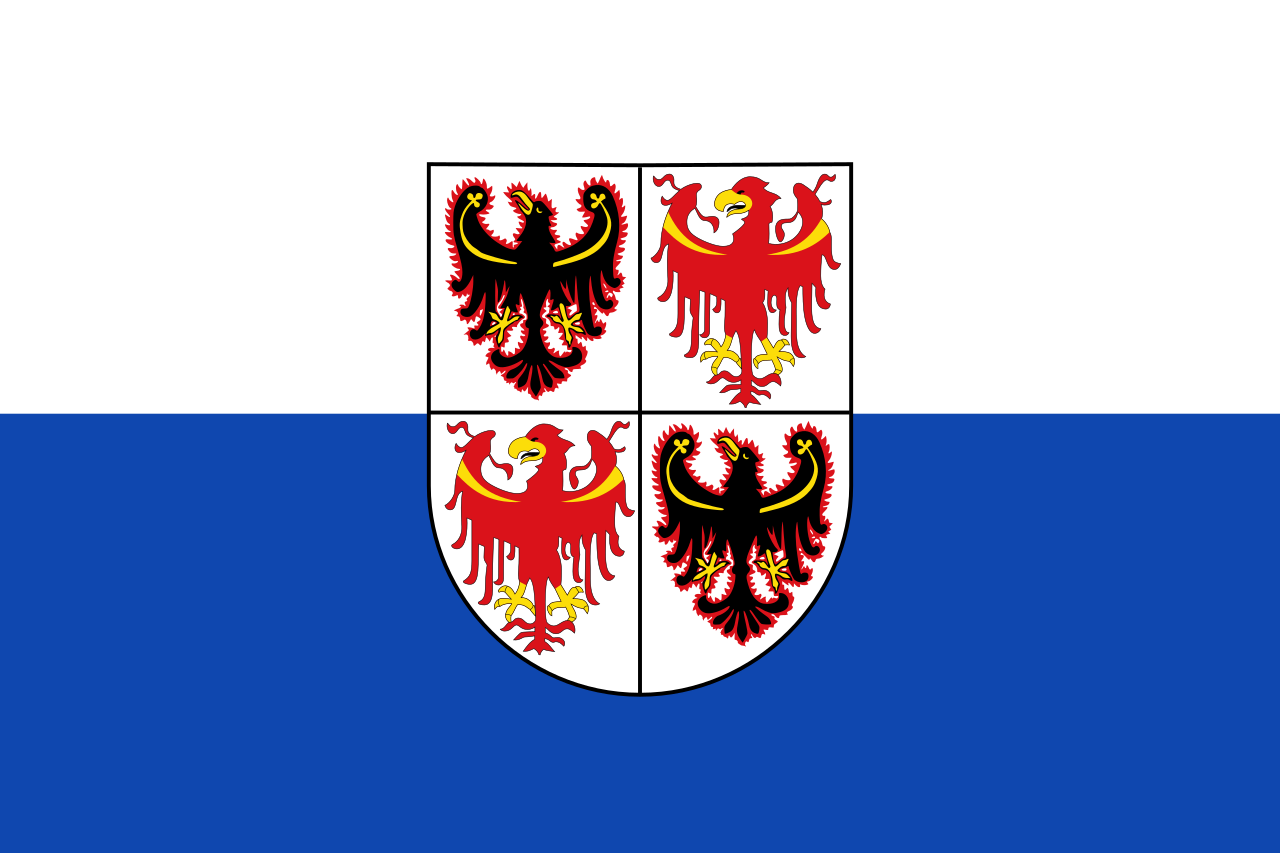 Trentino-Alto Adige
Trentino-Alto Adige
 UCI World Tour
UCI World Tour

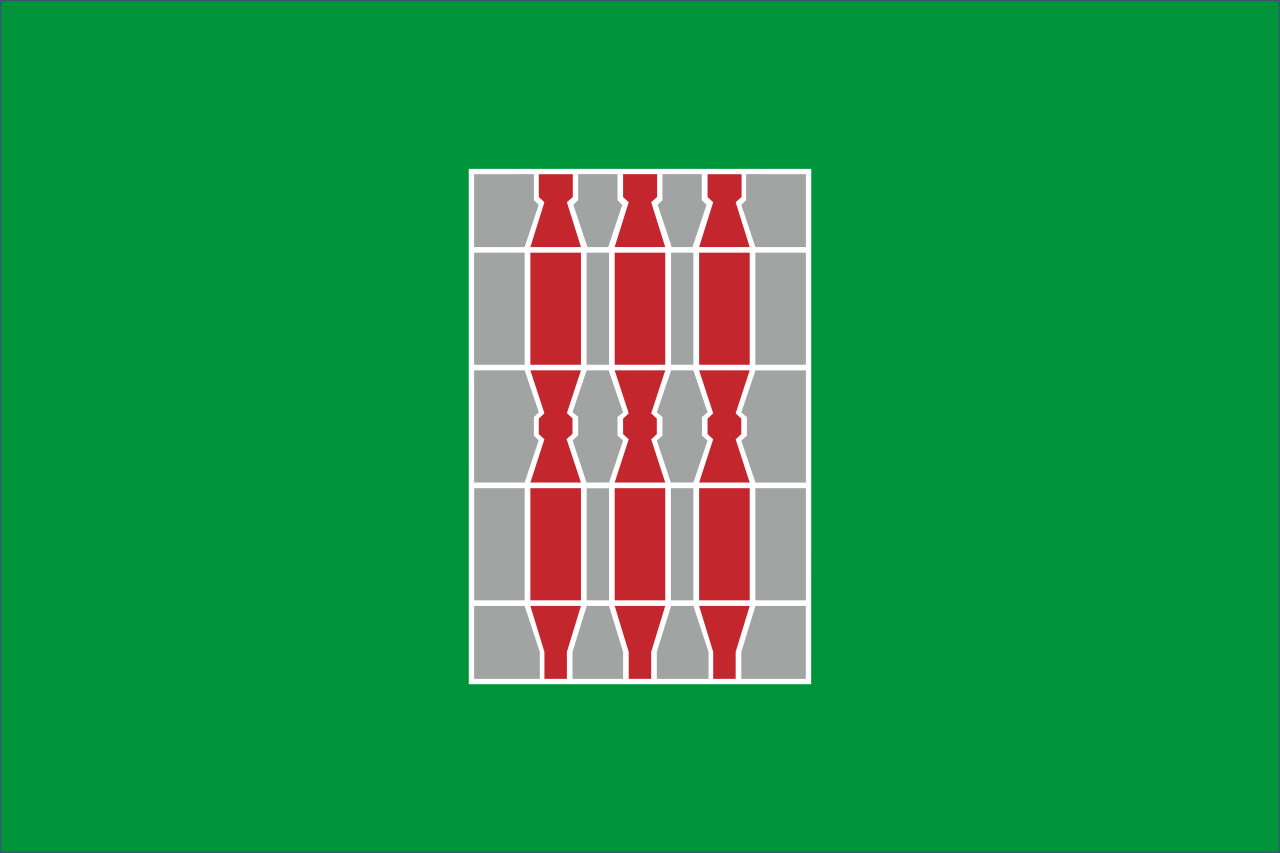 Umbria
Umbria

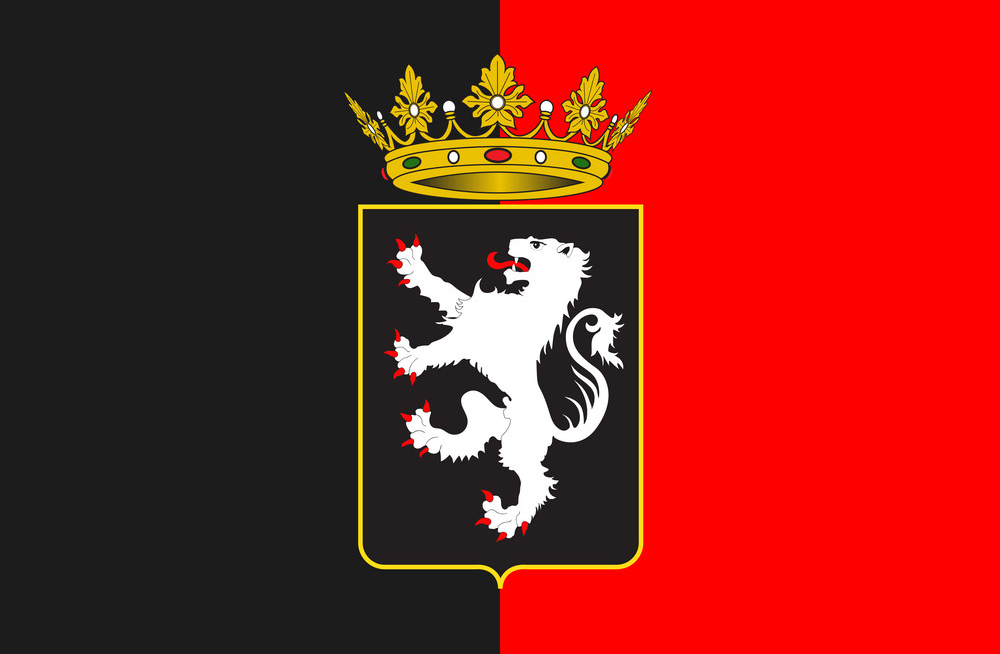 Valle d´Aosta
Valle d´Aosta
 Vatican city
Vatican city

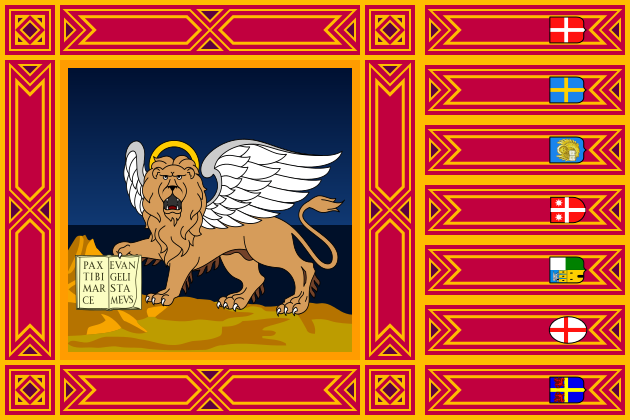 Veneto
Veneto
 United Kingdom
United Kingdom
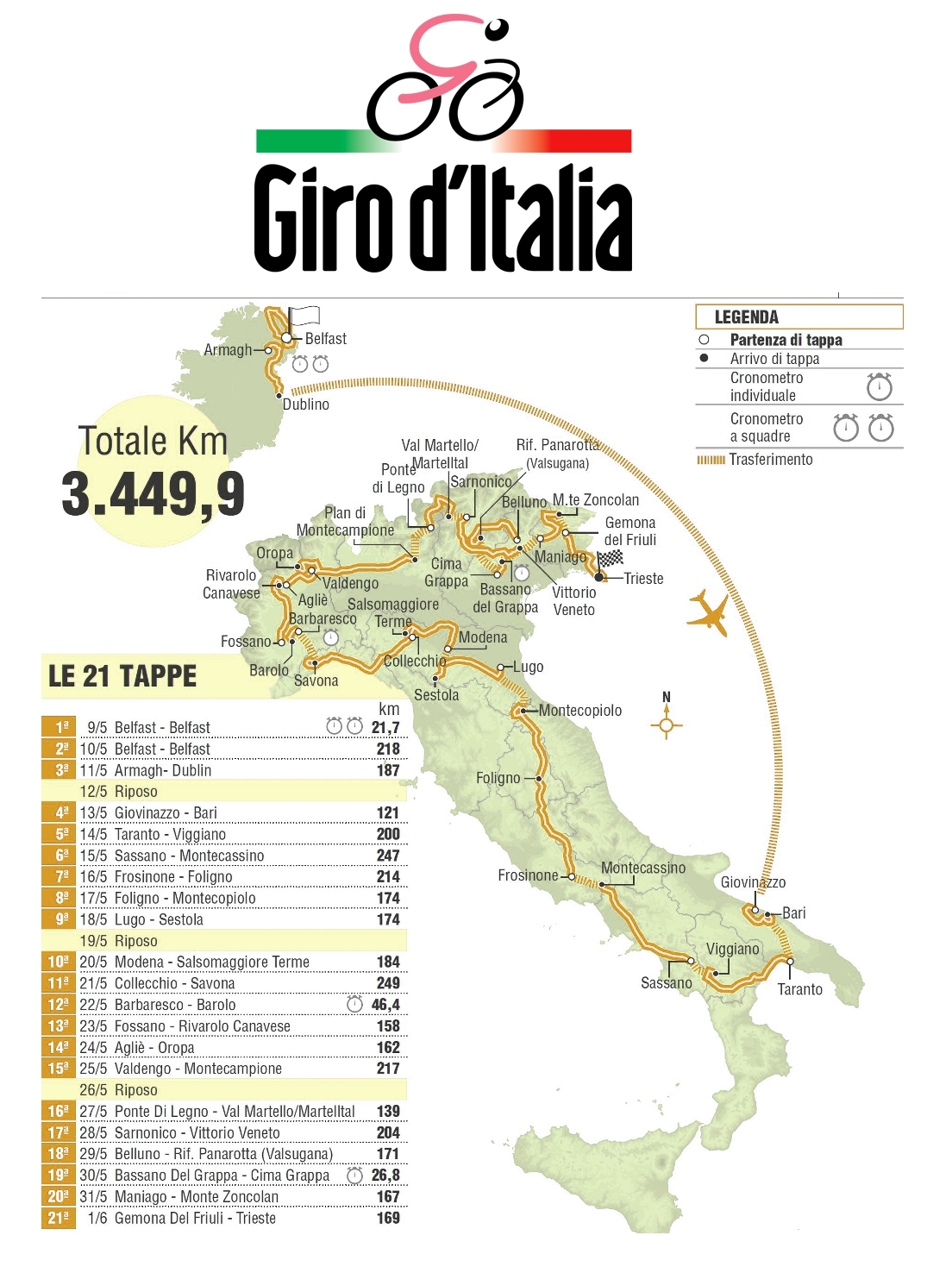
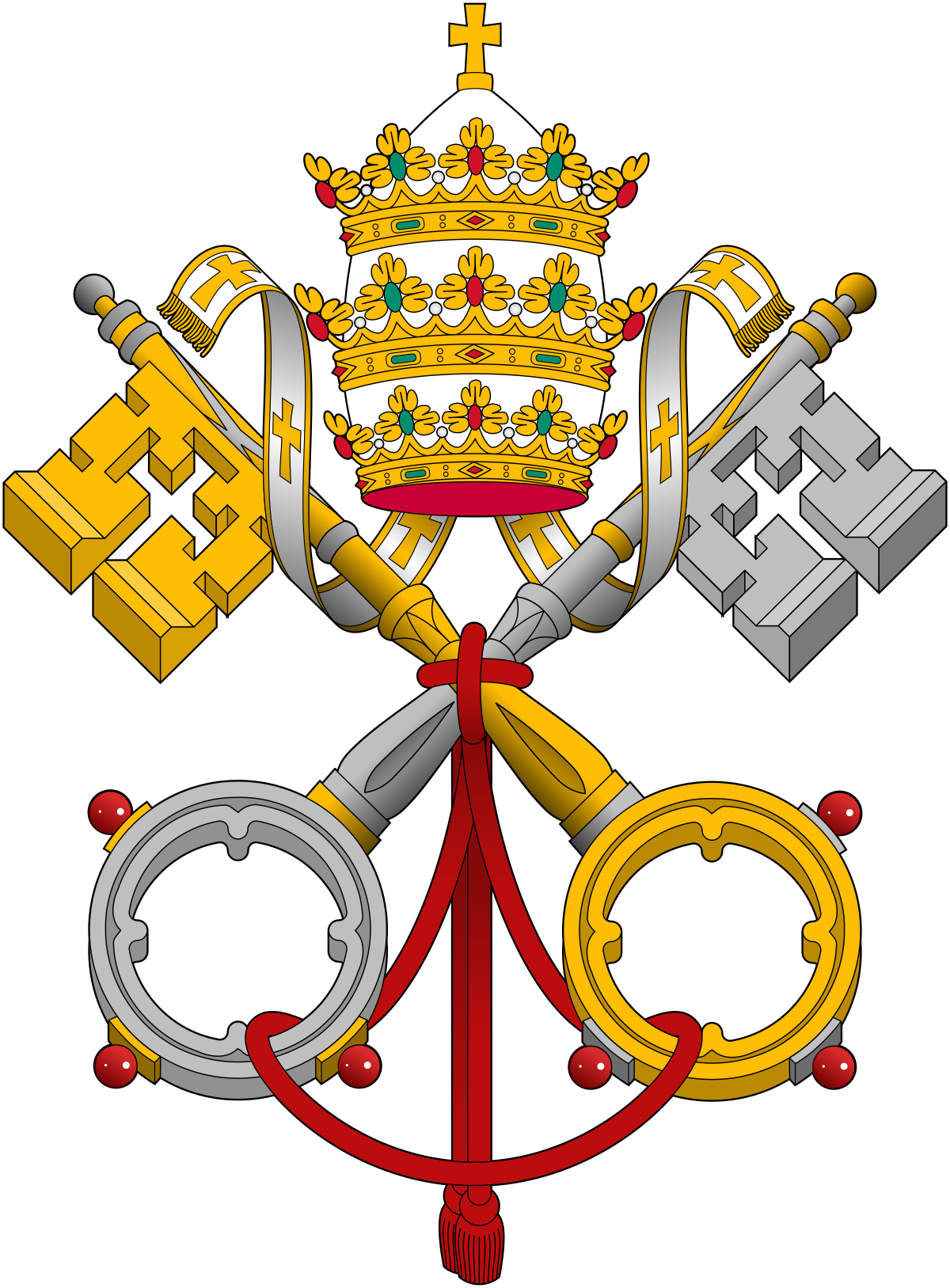
圣座(拉丁语:Sancta Sedes;意大利语:Santa Sede;拉丁语发音:[ˈsaŋkta ˈsedes])是罗马主教(即教宗)的教务职权,也是天主教会内超乎众教座之上的主教教座。就此,从外交上和其他方面而言,圣座之言行代表了整个天主教会,也获国际法的其他主体视为主权实体,由教宗领导,可与其缔结外交关系[注 1]。其行政机构统称为罗马教廷(中文常直称为“教廷”),为天主教会的运行和达到其目标而不断进行协调并提供所需的组织保障。
由于圣座的所在地及现今之主权管辖范围为梵蒂冈城国,各界常以“梵蒂冈”代称圣座;但严格来说,圣座不同于梵蒂冈城国,后者迟至1929年方才出现,而圣座的历史可远溯至基督教会发展早期。在国际关系中,各国大使不是获梵蒂冈城国而是获圣座所接受;圣座向各国和国际组织派出的外交代表处或使节,是代表圣座而非所谓梵蒂冈城国[3]。
Der Heilige Stuhl (lateinisch Sancta Sedes), auch Apostolischer Stuhl (lateinisch Apostolica Sedes), Päpstlicher Stuhl oder Stuhl Petri, ist der bischöfliche Stuhl der Diözese Rom. Als „nichtstaatliche souveräne Macht“ bildet er ein eigenes Völkerrechtssubjekt und vertritt in internationalen Beziehungen den Staat Vatikanstadt und die römisch-katholische Kirche. Neben dem Papst als personale Repräsentation gehören zum Heiligen Stuhl auch die Verwaltungseinrichtungen der Römischen Kurie.[1]
Die Verflechtungen zwischen Heiligem Stuhl, Vatikanstadt, Papsttum und römisch-katholischer Kirche sind weitreichend und nicht immer genau auseinanderzuhalten. Im umgangssprachlichen Gebrauch sind mit Vatikan meist der Heilige Stuhl beziehungsweise dessen Verwaltungsorgane gemeint.
Die Bezeichnung „Stuhl“ leitet sich von der Kathedra des Bischofs ab, ein seit der Antike überliefertes Symbol der Vollmacht eines öffentlichen Amtsträgers. Der Bischofssitz in Rom wird auf die legendenhafte Gründung einer ersten christlichen Gemeinde durch den Apostel Petrus zurückgeführt, weshalb diesem im gesamten Christentum eine besondere Stellung zukommt (Papstprimat, Pentarchie). In der Alten Kirche wurde die Bezeichnung heiliger Stuhl synonym zu bischöflicher Stuhl für jeden Bischofssitz verwendet, erst später hat sie sich auf den besonders bedeutsamen römischen Bischofsstuhl fokussiert und wird seit dem 19. Jahrhundert nahezu ausschließlich auf diesen bezogen.[2]
聖座(せいざ、ラテン語: Sancta Sedes, 英語: Holy See)とは、ローマ・カトリック教会の用語[1]で、ローマ教皇(教皇)が持つ権威(または職権)のうち、最高のものとされるもの。カトリック教会においてこの権威は、首位権および不可謬性が成り立つと考えられている。ただし、単に裁治権においての首位を有する権威を指す場合はローマ使徒座として区別される[要出典]。語源的にはローマ教皇の着座式に由来している[2]。
ただし、「聖座」との日本語訳は専ら日本のカトリック教会によってローマ教皇庁を指すものとして使われるが、英語: Holy See(「聖なる主教座」の意)は、東方諸教会の総主教、カトリコスによっても使われる称号である[3][4][5]。
ローマカトリック内にあっても、マインツ大司教はドイツ語: Heilige Stuhl、すなわち「聖座」との称号を有しているが[6]、カトリック教会内で単に「聖座」と言った場合は、ローマ教皇を指す。
日本の外務省では、法王聖座という用語を用い、ローマ教皇及びローマ教皇庁を総称した概念としている。また、バチカンは、ローマ教皇を国家元首とする独立国家であるバチカン市国と、法王聖座との総称であるとしている[7]。国際連合においてバチカンを代表する国際連合総会オブザーバーとしての名義も聖座(Holy See)とされている。
The Holy See (Latin: Sancta Sedes, Ecclesiastical Latin: [ˈsaŋkta ˈsedes]; Italian: Santa Sede [ˈsanta ˈsɛːde]), also called the See of Rome, refers to the jurisdiction of the Bishop of Rome, known as the pope, which includes the apostolic episcopal see of the Diocese of Rome with universal ecclesiastical jurisdiction of the worldwide Catholic Church, as well as a sovereign entity of international law.
Founded in the first century by Saints Peter and Paul, by virtue of Petrine and papal primacy according to Catholic tradition, it is the focal point of full communion for Catholic Christians around the world. As a sovereign entity, the Holy See is headquartered in, operates from, and exercises "exclusive dominion" over the independent Vatican City State enclave in Rome, Italy, of which the pope is sovereign. It is organized into polities of the Latin Church and the 23 Eastern Catholic Churches, and their dioceses and religious institutes.
The Holy See is administered by the Roman Curia (Latin for Roman Court), which is the central government of the Catholic Church.[6][7] The Roman Curia includes various dicasteries, comparable to ministries and executive departments, with the Cardinal Secretary of State as its chief administrator. Papal elections are carried out by the College of Cardinals.
Although the Holy See is sometimes metonymically referred to as the "Vatican", the Vatican City State was distinctively established with the Lateran Treaty of 1929, between the Holy See and Italy, to ensure the temporal, diplomatic, and spiritual independence of the papacy.[citation needed] As such, papal nuncios, who are papal diplomats to states and international organizations, are recognized as representing the Holy See not the Vatican City State, as prescribed in the Canon law of the Catholic Church; and therefore the integrity of the Catholic Church along with its 1.3 billion members. The Holy See is thus viewed as the central government of the Catholic Church.[7] The Catholic Church, in turn, is the largest non-government provider of education and health care in the world.[8] The diplomatic status of the Holy See facilitates the access of its vast international network of charities.
The Holy See maintains bilateral diplomatic relations with 172 sovereign states, signs concordats and treaties, and performs multilateral diplomacy with multiple intergovernmental organizations, including the United Nations and its agencies, the Council of Europe, the European Communities, the Organization for Security and Co-operation in Europe, and the Organization of American States.[9][10]
Le Saint-Siège, ou Siège apostolique, est une personne morale représentant le pape et la curie romaine1. C'est un sujet de droit international qui entretient des relations diplomatiques avec les États et qui est membre d'organisations internationales ou y est représenté1.
Son existence remonte à celle de la papauté ainsi qu'à la structuration, à partir du XIe siècle, de la curie romaine et d'une diplomatie pontificale. Celle-ci a d'abord été faite de relations diplomatiques entre le pape et les souverains, rois et empereurs, puis avec les États modernes à mesure de leur constitution dans l'histoire. Sur le plan du droit international, le Saint-Siège existe aujourd'hui comme « sujet de droit primaire » à l'égal des États, c'est-à-dire qu'il est reconnu par les États mais ne doit pas son existence à cette reconnaissance1.
L'existence du Saint-Siège est liée à la personne du pape et non pas à un territoire. Ainsi, le Saint-Siège est resté un sujet de droit international entre 1870, date de la fin des États pontificaux, et 1929, date de l'instauration de l'État du Vatican par les accords du Latran. Le Saint-Siège et le Vatican sont deux entités distinctes bien qu'elles aient l'une et l'autre le pape à leur tête1. Le Vatican se compose du Saint-Siège, entité spirituelle et l’État de la cité du Vatican, entité temporelle. Le lien entre ces deux entités est le pape, chef du spirituel et du temporel, disposant du pouvoir absolu (exécutif, législatif et judiciaire)2. Les représentants du Saint-Siège auprès des États et des organismes internationaux sont les nonces ou des délégués apostoliques. L'annuaire pontifical 2009 indique que ce corps diplomatique compte 177 nonces et 8 délégués apostoliques.
La Santa Sede (o Sede Apostolica) è l'ente, dotato di personalità giuridica in diritto internazionale, preposto al governo della Chiesa cattolica.
La Santa Sede è una delle antiche cinque sedi apostoliche, delle quali è la maggiore; fa capo al papa, attualmente il Sommo Pontefice Francesco, al secolo Jorge Mario Bergoglio, e nei periodi in cui la sede papale è vacante per morte o rinuncia del Papa, la Santa Sede viene governata dal Sacro Collegio.
Secondo il codice di diritto canonico, «con il termine Santa Sede o Sede Apostolica [...] si intende il supremo organo di governo della Chiesa cattolica»[1], e cioè
- in senso stretto, l'ufficio proprio del Papa, il quale, secondo il can. 331, «in forza del suo ufficio, ha potestà ordinaria suprema, piena, immediata e universale sulla Chiesa»;
- in senso largo, l'insieme degli organismi attraverso cui il Pontefice governa la Chiesa cattolica, ossia la Curia romana.[2]
«Col nome di Sede Apostolica o Santa Sede si intendono nel codice non solo il Romano Pontefice, ma anche, se non risulta diversamente dalla natura della questione o dal contesto, la Segreteria di Stato, il Consiglio per gli Affari Pubblici della Chiesa e gli altri Organismi della Curia Romana.»
Dal punto di vista di diritto internazionale, la Santa Sede è un'entità distinta dallo Stato della Città del Vaticano, che è il territorio di 0,44 km² su cui la Santa Sede esercita la sovranità. Lo Stato della Città del Vaticano ha natura di Stato patrimoniale con la finalità di dare indipendenza e sovranità alla Santa Sede e ha quindi funzione strumentale alla missione della Santa Sede. La sua sovranità è dunque limitata.[3][4]
Le ambasciate estere, infatti, sono accreditate presso la Santa Sede e non presso lo Stato della Città del Vaticano, poiché quest'ultimo non gode di piena sovranità internazionale. La Santa Sede gode della sovranità nelle relazioni internazionali quale caratteristica relativa alla sua natura in conformità alle sue tradizioni e alle richieste della sua missione. La minima base territoriale è detta necessaria per garantire una sufficiente autonomia dei suoi organi istituzionali.
L'Italia, in forza dell'articolo 3 del Trattato Lateranense stipulato nel 1929, riconosce alla Santa Sede la «piena proprietà esclusiva ed assoluta potestà e giurisdizione sovrana» sulla Città del Vaticano.[3]
Secondo una sentenza della Corte di Cassazione italiana la situazione giuridica della Santa Sede è espressa in questi termini:
«Alla Santa Sede, nella quale si concentra la rappresentanza della Chiesa cattolica e dello Stato della Città del Vaticano, è stata riconosciuta la soggettività internazionale ad entrambi i titoli e quest'ultima non è venuta meno neppure nel periodo in cui era cessata la titolarità di qualsiasi potere statuale.»
La Santa SedeNota 1 (en latín, Sancta Sedes) es la sede del obispo de Roma, el papa, que ocupa un lugar preeminente entre las demás sedes episcopales de la Iglesia católica; constituye el gobierno central de la Iglesia,2 por quien actúa y habla, y es reconocida internacionalmente como una entidad soberana.3 La Santa Sede es a su vez la expresión con la que se alude a la posición del papa como cabeza suprema de la Iglesia católica,2 cuyos orígenes se remontan a los primeros tiempos del cristianismo.
La Santa Sede se encuentra formada por el papa y los distintos organismos de la Curia Romana.4 El papa se sirve de la Curia y tramita por medio de ella los asuntos eclesiales, por lo que esta realiza su labor en nombre y bajo la autoridad del sumo pontífice, para el correcto funcionamiento de la Iglesia y el logro de sus objetivos.5 La Curia Romana está compuesta por un grupo de instituciones, denominadas genéricamente dicasterios,6 entre los que se encuentran la Secretaría de Estado, las Congregaciones, los Tribunales y los Consejos pontificios.
La Curia Romana tiene la función de ayudar al papa en su gobierno de la Iglesia universal y de las iglesias particulares; no tiene, sin embargo, una misión pastoral específica para la diócesis de Roma, por lo que para las necesidades espirituales de la diócesis existe el vicariato de Roma, frente al que se sitúa el cardenal vicario, que gobierna el territorio italiano de dicha diócesis con potestad vicaria del sumo pontífice. Para el territorio concreto de la Ciudad del Vaticano, dentro de la misma diócesis, existe otro vicariato a cuyo frente se encuentra otro vicario general.7
La personalidad jurídica de la Santa Sede le permite mantener relaciones diplomáticas con otros Estados, firmar tratados y enviar y recibir representantes diplomáticos, algo que se remonta a varios siglos atrás. Ya desde finales del siglo XV comenzó a recibir con cierta estabilidad enviados diplomáticos, y en el siglo XVI empezaron a constituirse representaciones permanentes.2 En la actualidad, además, participa en organismos internacionales como las Naciones Unidas.8
La Santa Sede posee plena propiedad y soberanía exclusiva sobre la Ciudad del Vaticano,2 un Estado establecido en 1929, tras la firma de los Pactos de Letrán, con el objeto de ser instrumento de la independencia de la Santa Sede y de la Iglesia católica respecto a cualquier otro poder externo.9 De forma abstracta, además de ser la Santa Sede el supremo gobierno y representación de la Iglesia, también lo es de la Ciudad del Vaticano.Nota 2 Otros territorios fuera de la Ciudad del Vaticano también cuentan con estatus de extraterritorialidad en favor de la Santa Sede.
Свято́й Престо́л[1], или Папский Престол (лат. Sancta Sedes, итал. la Santa Sede), — официальное собирательное название Папы Римского и Римской курии.
Святой Престол является суверенным субъектом в статусе persona sui generis. Святой Престол также владеет собственной вспомогательной суверенной территорией, городом-государством Ватикан, которая управляется от имени римского понтифика губернатором (называется президентом комиссии понтифика в Ватикане). Эту должность всегда занимает кардинал Римской курии, назначаемый папой.
Суверенитет Ватикана, подтверждённый в Латеранских соглашениях 1929 года с королевством Италия, проистекает от постоянного светского суверенитета Святого Престола, который насчитывает около полутора тысяч лет (установлен папой Григорием Великим в 601 году), являясь древнейшей суверенной единицей из существующих ныне в мире.
Суверенитет Святого Престола признан в международном праве как самостоятельный и совершенно не зависящий от наличия суверенной территории (persona sui generis). Все дипломатические отношения устанавливаются не с городом-государством Ватикан, а со Святым Престолом. Дипломатические миссии иностранных государств аккредитуются при Святом Престоле. Дипломатические миссии Святого Престола называются апостольскими нунциатурами и возглавляются апостольскими нунциями (статус чрезвычайного и полномочного посла) или апостольскими про-нунциями (статус чрезвычайного посланника и полномочного министра). Святой Престол является постоянным наблюдателем при ООН.
Святой Престол — теократическая выборная монархия, возглавляемая Папой Римским, избираемым конклавом (коллегией кардиналов) пожизненно. Папа Римский имеет три нераздельные функции:
- Как светский суверен в статусе монарха (с квалификацией суверенного князя);
- Как римский епископ он является главой католической церкви и её высшим правящим иерархом;
- Как суверен города-государства Ватикан (вспомогательной территории в статусе суверенного княжества).
Правительством Святого Престола является Римская курия, которая состоит из государственного секретариата (разделённого на две секции — общих дел и иностранных дел), комиссий и конгрегаций.
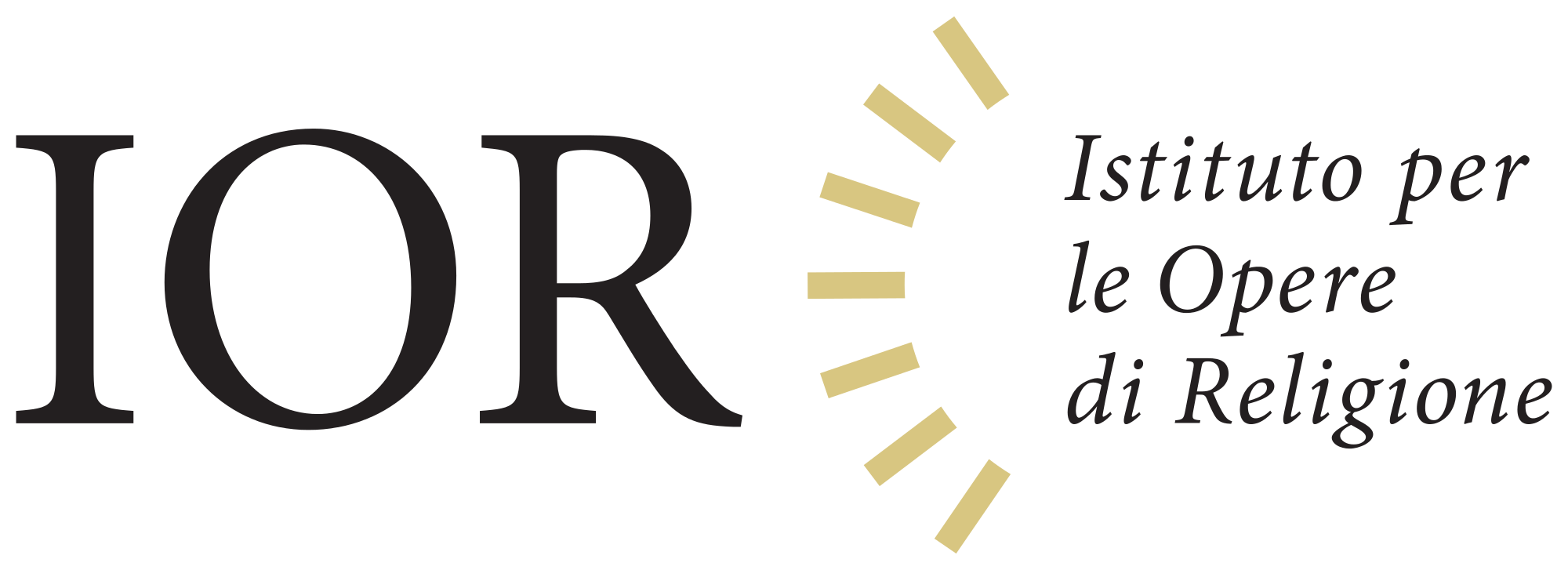
Das Istituto per le Opere di Religione, kurz IOR (italienisch „Institut für die religiösen Werke“), allgemein bekannt als die Vatikanbank, ist ein privatrechtliches Finanzinstitut im Besitz des Heiligen Stuhles. Es hat seinen Sitz im Turm Nikolaus V. in unmittelbarer Nähe zum Apostolischen Palast.
宗教事务银行(意大利语:Istituto per le Opere di Religione)又名梵蒂冈银行,是一间位于梵蒂冈的私人银行,并不对外开放,只负责管理梵蒂冈的金融资产。此银行由教宗庇护十二世于1942年成立[1]。
教宗方济各2013年上任后,着手对梵蒂冈银行进行改革。颁布了新的管理法规,通过与有银行经营经验的平信徒协作,并设置以平信徒为主的监督局,以使银行结构更加透明,并与国际标准接轨。

 Hand in Hand
Hand in Hand

 Hand in Hand
Hand in Hand
 Institute of Culture and Language
Institute of Culture and Language
 Italy
Italy
 San Marino
San Marino
 Switzerland
Switzerland
 Vatican city
Vatican city
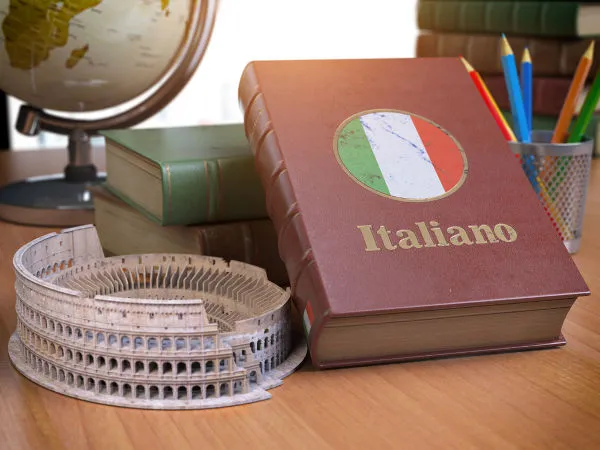
意大利语(Italiano),中文也简称为意语,隶属于印欧语系的罗曼语族。现有7千万人日常用意大利语,大多是意大利居民。另有28个国家使用意大利语,其中4个立它为官方语言。标准意大利语源自于托斯卡纳语中的佛罗伦萨方言,发音处于意大利中北部方言之间。标准音近来稍微加进了经济较为发达的米兰地区口音。在作曲领域中,亦使用为数不少的意大利文字词。意大利语和拉丁语一样,有长辅音。其他的罗曼语族语言如西班牙语、法语已无长辅音。
Italienisch (Italienisch lingua italiana, italiano [itaˈli̯aːno]) ist eine Sprache aus dem romanischen Zweig der indogermanischen Sprachen. Innerhalb dieses Sprachzweiges gehört das Italienische zur Gruppe der italoromanischen Sprachen.
イタリア語(イタリアご、Italiano [itaˈljaːno] (![]() 音声ファイル), Lingua italiana)は、インド・ヨーロッパ語族イタリック語派に属する言語の1つで、おおよそ6千万人ほどが日常的に使用しており、そのほとんどがイタリアに住んでいる。後置修飾で、基本語順はSVO。イタリアは漢字で「伊太利亜」と表記することから、「伊太利亜語」を略記し伊語と称される。
音声ファイル), Lingua italiana)は、インド・ヨーロッパ語族イタリック語派に属する言語の1つで、おおよそ6千万人ほどが日常的に使用しており、そのほとんどがイタリアに住んでいる。後置修飾で、基本語順はSVO。イタリアは漢字で「伊太利亜」と表記することから、「伊太利亜語」を略記し伊語と称される。
Italian (italiano [itaˈljaːno] (![]() listen) or lingua italiana [ˈliŋɡwa itaˈljaːna]) is a Romance language of the Indo-European language family. Italian is, by most measures and together with Sardinian, the closest language to Latin, from which it descends via Vulgar Latin.[6] Italian is an official language in Italy, Switzerland (where it is the main language of Ticino and southern Grisons[note 1]), San Marino and Vatican City. It has an official minority status in western Istria (Croatia and Slovenia). It formerly had official status in Albania, Malta, Monaco, Montenegro (Kotor), Greece (Ionian Islands and Dodecanese) and is generally understood in Corsica (due to its close relation with the Tuscan-influenced local language) and Savoie. It also used to be an official language in the former Italian East Africa and Italian North Africa, where it still plays a significant role in various sectors. Italian is also spoken by large expatriate communities in the Americas and Australia.[7] Italian is included under the languages covered by the European Charter for Regional or Minority languages in Bosnia and Herzegovina and in Romania, although Italian is neither a co-official nor a protected language in these countries.[8][9] Many speakers of Italian are native bilinguals of both Italian (either in its standard form or regional varieties) and other regional languages.[10]
listen) or lingua italiana [ˈliŋɡwa itaˈljaːna]) is a Romance language of the Indo-European language family. Italian is, by most measures and together with Sardinian, the closest language to Latin, from which it descends via Vulgar Latin.[6] Italian is an official language in Italy, Switzerland (where it is the main language of Ticino and southern Grisons[note 1]), San Marino and Vatican City. It has an official minority status in western Istria (Croatia and Slovenia). It formerly had official status in Albania, Malta, Monaco, Montenegro (Kotor), Greece (Ionian Islands and Dodecanese) and is generally understood in Corsica (due to its close relation with the Tuscan-influenced local language) and Savoie. It also used to be an official language in the former Italian East Africa and Italian North Africa, where it still plays a significant role in various sectors. Italian is also spoken by large expatriate communities in the Americas and Australia.[7] Italian is included under the languages covered by the European Charter for Regional or Minority languages in Bosnia and Herzegovina and in Romania, although Italian is neither a co-official nor a protected language in these countries.[8][9] Many speakers of Italian are native bilinguals of both Italian (either in its standard form or regional varieties) and other regional languages.[10]
Italian is a major European language, being one of the official languages of the Organization for Security and Co-operation in Europe and one of the working languages of the Council of Europe. It is the second most widely spoken native language in the European Union with 67 million speakers (15% of the EU population) and it is spoken as a second language by 13.4 million EU citizens (3%).[1][2] Including Italian speakers in non-EU European countries (such as Switzerland, Albania and the United Kingdom) and on other continents, the total number of speakers is approximately 85 million.[11] Italian is the main working language of the Holy See, serving as the lingua franca (common language) in the Roman Catholic hierarchy as well as the official language of the Sovereign Military Order of Malta. Italian is known as the language of music because of its use in musical terminology and opera; numerous Italian words referring to music have become international terms taken into various languages worldwide.[12] Its influence is also widespread in the arts and in the food and luxury goods markets.
Italian was adopted by the state after the Unification of Italy, having previously been a literary language based on Tuscan as spoken mostly by the upper class of Florentine society.[13] Its development was also influenced by other Italian languages and, to some minor extent, by the Germanic languages of the post-Roman invaders. The incorporation into Italian of learned words from its own ancestor language, Latin, is another form of lexical borrowing through the influence of written language, scientific terminology and the liturgical language of the Church. Throughout the Middle Ages and into the early modern period, most literate Italians were also literate in Latin and thus they easily adopted Latin words into their writing—and eventually speech—in Italian. Unlike most other Romance languages, Italian retains Latin's contrast between short and long consonants. Almost all native Italian words end with vowels, a factor that makes Italian words extremely easy to use in rhyming. Italian has a 7 vowel sound system ('e' and 'o' have mid-low and mid-high sounds); Classical Latin had 10, 5 with short and 5 with long sounds.
L'italien (en italien : italiano) est une langue appartenant au groupe des langues romanes de la famille indo-européenne. Il existe un très grand nombre de dialectes italo-romans.
Comme beaucoup de langues nationales, l'italien moderne est un dialecte qui a « réussi » en s'imposant comme langue propre à une région beaucoup plus vaste que sa région dialectale originelle. En l'occurrence, c'est le dialecte toscan, de Florence, Pise et Sienne, qui s'est imposé, quoique dans sa forme illustre (koinè littéraire à base florentine enrichie par des apports siciliens, latins et d'autres régions italiennes), non pas pour des raisons politiques comme c'est souvent le cas, mais en raison du prestige culturel qu'il véhiculait. Le toscan est en effet la langue dans laquelle ont écrit Dante Alighieri, Pétrarque et Boccace, considérés comme les trois plus grands écrivains italiens de la fin du Moyen Âge. C'est aussi la langue de la ville de Florence, réputée pour sa beauté architecturale et son histoire prospère. C'est donc sans surprise que l'italien fut pendant longtemps la langue internationale de la culture et des arts, et que le vocabulaire de toutes les langues européennes conserve jusqu'à nos jours un grand nombre de termes italiens (notamment en musique, lesquels sont même repris dans d'autres langues comme le japonais).
Les normes générales de grammaire italienne ne furent pourtant fixées qu'à la Renaissance, avec la réforme linguistique de Pietro Bembo, érudit vénitien collaborateur d'Alde Manuce, qui en exposa les idées fondamentales dans Gli Asolani.
L'italiano ([itaˈljaːno][Nota 1] ) è una lingua romanza parlata principalmente in Italia.
È classificato al 27º posto tra le lingue per numero di parlanti nel mondo e, in Italia, è utilizzato da circa 58 milioni di residenti.[2] Nel 2015 era la lingua materna del 90,4% dei residenti in Italia,[3] che spesso lo acquisiscono e lo usano insieme alle varianti regionali dell'italiano, alle lingue regionali e ai dialetti. In Italia viene ampiamente usato per tutti i tipi di comunicazione della vita quotidiana ed è largamente prevalente nei mezzi di comunicazione nazionali, nell'amministrazione pubblica dello Stato italiano e nell'editoria.
Oltre ad essere la lingua ufficiale dell'Italia, è anche una delle lingue ufficiali dell'Unione europea,[Nota 2] di San Marino,[4] della Svizzera,[5] della Città del Vaticano e del Sovrano militare ordine di Malta. È inoltre riconosciuto e tutelato come "lingua della minoranza nazionale italiana" dalla Costituzione slovena e croata nei territori in cui vivono popolazioni di dialetto istriano.
È diffuso nelle comunità di emigrazione italiana, è ampiamente noto anche per ragioni pratiche in diverse aree geografiche ed è una delle lingue straniere più studiate nel mondo.[4]
Dal punto di vista storico l'italiano è una lingua basata sul fiorentino letterario usato nel Trecento.[6]
El italiano (![]() italiano (?·i) o lingua italiana) es una lengua romance procedente del latín hablado, especialmente de la variante toscana arcaica,3 y pertenece al grupo itálico de la familia italorromance, integrante a su vez las lenguas indoeuropeas. Es el idioma oficial de Italia, San Marino, Ciudad del Vaticano y uno de los cuatro idiomas nacionales helvéticos (con el alemán, el francés y el romanche). Es, además, lengua cooficial, con el croata, en el condado de Istria (Croacia), y con el esloveno en los municipios costeros del Litoral esloveno. En Somalia el uso del italiano como segunda lengua, junto al inglés, está regulado por la constitución transitoria de 2004 (art.6).4 El italiano es usado también, como primera o segunda lengua, por varios millones de inmigrantes italianos y sus descendientes esparcidos por el mundo, sobre todo en Europa. Se calcula que en el año 2006, unos 64 millones de ciudadanos comunitarios hablaban el italiano como lengua materna y 14,7 millones como segunda o tercera lengua.5 Núcleos consistentes de italófonos se encuentran también en América y, en menor medida, en África y Oceanía (escasa la presencia en Asia).6
italiano (?·i) o lingua italiana) es una lengua romance procedente del latín hablado, especialmente de la variante toscana arcaica,3 y pertenece al grupo itálico de la familia italorromance, integrante a su vez las lenguas indoeuropeas. Es el idioma oficial de Italia, San Marino, Ciudad del Vaticano y uno de los cuatro idiomas nacionales helvéticos (con el alemán, el francés y el romanche). Es, además, lengua cooficial, con el croata, en el condado de Istria (Croacia), y con el esloveno en los municipios costeros del Litoral esloveno. En Somalia el uso del italiano como segunda lengua, junto al inglés, está regulado por la constitución transitoria de 2004 (art.6).4 El italiano es usado también, como primera o segunda lengua, por varios millones de inmigrantes italianos y sus descendientes esparcidos por el mundo, sobre todo en Europa. Se calcula que en el año 2006, unos 64 millones de ciudadanos comunitarios hablaban el italiano como lengua materna y 14,7 millones como segunda o tercera lengua.5 Núcleos consistentes de italófonos se encuentran también en América y, en menor medida, en África y Oceanía (escasa la presencia en Asia).6
Италья́нский язы́к (italiano, lingua italiana) — официальный язык Италии, Ватикана (наряду с латинским), Сан-Марино и Швейцарии (наряду с немецким, французским и ретороманским). Признан вторым официальным языком в нескольких округах Хорватии и Словении.
Итальянский язык непосредственно восходит к народной латыни, распространённой на территории Италии. В Средние века, когда Италия была политически разъединена, общего литературного языка не существовало, хотя сохранились письменные памятники различных диалектов. Начиная с эпохи Ренессанса, наиболее престижным становится диалект Тосканы, а точнее — Флоренции, на котором писали Данте, Петрарка и Боккаччо. Тем не менее, высокообразованные люди продолжали называть итальянский язык «простонародным» — volgare, по контрасту с классической чистой латынью. С XVIII—XIX веков формируется единый итальянский литературный язык на основе тосканского диалекта, являющегося переходным между северными и южными идиомами. В то же время на территории Италии распространено множество диалектов, взаимопонимание между которыми может быть затруднено: североитальянские диалекты с исторической точки зрения являются галло-романскими, а южноитальянские — итало-романскими. Помимо диалектов, существует несколько региональных разновидностей итальянского литературного языка[4], а также ряд идиомов, считающихся отдельными языками, а не диалектами итальянского языка (в первую очередь сардинский и фриульский).
Строй итальянского языка достаточно типичен для романской семьи[5]. В фонологии сохраняется формальное противопоставление открытых и закрытых гласных, что обычно для новых романских языков (французский, португальский, каталонский), хотя его роль в фонематическом смыслоразличении невелика. В лексике помимо исконного латинского фонда присутствует множество поздних, «книжных» заимствований из латыни.


Als Papstwahl wird die Wahl des Bischofs von Rom, der als Papst das Oberhaupt der römisch-katholischen Kirche ist, bezeichnet. Eine Wahl wird nach Eintreten der Sedisvakanz notwendig, wenn der bisherige Papst gestorben ist oder auf sein Amt verzichtet hat. Das Wahlgremium besteht aus den wahlberechtigten Kardinälen, die sich im Konklave versammeln. Seit 1878 findet das Konklave in der Sixtinischen Kapelle in Rom statt.
教宗选举(拉丁语:Conclave;来自于“cum cave”一词,意为“以钥匙关上”),或称教宗选举秘密会议[注 1]、选举教宗会议[5],是天主教会的枢机团为了选出新任罗马主教(即教宗)而召开的闭门会议。天主教会认为教宗是耶稣十二宗徒之长圣伯多禄的继承人、以及教会在人间的最高领袖[6]。经过1268年至1271年的宗座出缺期后,天主教会为了防止教宗的选出受到政治干预而作出改革。教宗额我略十世于1274年第二次里昂大公会议进行期间颁布法令,当中规定枢机选举人应在选举期间被锁在一个用钥匙上锁的房间里。如果他们未能选出一名新的罗马主教,他们都不可以离开该房间。[7]现时的教宗选举是在梵蒂冈宗座宫的西斯汀小堂里举行。[8] 在宗徒时代,罗马主教跟其他主教一样是由教区里的神职人员和平信徒达成共识后而选出。[11]枢机团在1059年被指派为罗马主教唯一的选举人团,自此教宗选举权人的定义变得更加明确。[12]自这时开始,选举的细节相继形成。1970年,教宗保禄六世发出自动手谕《年龄之增》,手谕里将枢机选举人的年龄限制在80岁或以下。现时的选举程序由教宗若望保禄二世1996年发出的宗座宪令《主的普世羊群》确立,并由教宗本笃十六世于2007年和2013年发出的自动手谕对其作出了修正。[8][13]当选为新教宗的门槛现在是必须要得到最少三分之二枢机选举人(绝对多数)的支持票。[注 2][15][16]


宗座科学院(意大利语:Pontificia accademia delle scienze,拉丁语:Pontificia Academia Scientiarum)是圣座的科学研究机构,[1]由教宗庇护十一世创建于1936年。[2]其目的是促进数学、物理和自然科学的进步以及相关认识论问题的研究。(“新猞猁之眼宗座学院”),成立于 1847 年,是由博学的罗马王子费德里科·塞西(Federico Cesi,1585–1630 年)于 1603 年在罗马建立的 猞猁之眼国家科学院 (Accademia dei Lincei)的继任机构,受到更严格的监督 ,塞西是一位年轻的植物学家和博物学家,并声称伽利略·伽利莱为院长。 猞猁之眼国家科学院作为一个完全独立的机构幸存下来[3]。
一些诺贝尔奖得主,如欧尼斯特·拉塞福、马克斯·普朗克、奥托·哈恩、尼尔斯·波耳、查尔斯·汤斯、朱棣文都是宗座科学院的院士。
Die Päpstliche Akademie der Wissenschaften (lat.: Pontificia Academia Scientiarum; it.: Pontificia Accademia delle Scienze; Abkürzung PAS) ist eine Päpstliche Akademie, die im Jahre 1603 gegründet und später im Jahre 1936 von Pius XI. wiederhergestellt wurde. Sie steht unter dem Schutz des regierenden Papstes. Ihr Ziel ist es, den Fortschritt in der Mathematik, Physik und Naturwissenschaften und das Studium der damit verbundenen erkenntnistheoretischen Probleme zu fördern. Die Ergebnisse der Treffen werden dem Papst mitgeteilt, der sich so über neueste wissenschaftliche Erkenntnisse informiert und diese wiederum in seine Entscheidungen und Botschaften einfließen lassen kann.
Die Akademie befindet sich im Casino di Pio IV im Herzen der Vatikanischen Gärten. Das Mitgliederverzeichnis enthält die angesehensten Namen der Wissenschaft des 20. Jahrhunderts wie Stephen Hawking, sowie einige Nobelpreisträger wie Ernest Rutherford, Max Planck, Niels Bohr, Otto Hahn und Charles Hard Townes.

教皇的象征性军队是瑞士卫队,其漂亮的服装是米开朗基罗设计的。按照古老的传统,这支卫队由瑞士青年组成,他们是经过严格挑选后被招募来的。他们配备 有短剑和戟,即一种长矛,但他们也配备有相当现代化的武器。他们对教皇的忠诚是绝对的。1527年,罗马失陷,教皇逃到圣天使古堡,为保卫教皇,瑞士卫队 全体战死。(Quelle: www.worlddiy.net)
宗座瑞士近卫队(拉丁语:Pontificia Cohors Helvetica;德语:Päpstliche Schweizergarde;意大利语:Guardia Svizzera Pontificia;英语:Pontifical Swiss Guard),于1506年由教宗儒略二世建立。瑞士近卫队是现存最古老的军事组织之一。
瑞士近卫队的制服包含蓝色、红色、橙色和黄色,具有明显的文艺复兴时期外观。现代瑞士近卫队的性质,就如同教宗的保镖一样。瑞士近卫队配备的武器包含了传统的斧枪以及多项现代武器。
Die Päpstliche Schweizergarde (italienisch Guardia Svizzera Pontificia (GSP), lateinisch Pontificia Cohors Helvetica, auch Cohors Pedestris Helvetiorum a Sacra Custodia Pontificis) ist das einzige verbliebene päpstliche Militärkorps in Waffen. Sie sichert den Apostolischen Palast, die Zugänge zur Vatikanstadt sowie die Zugänge zur Sommerresidenz des Papstes im Städtchen Castel Gandolfo, und ist für die persönliche Sicherheit des Papstes verantwortlich. Die offiziellen Sprachen (Kommandosprachen) der Garde sind Deutsch und Italienisch. Die Gardisten vertreten öfter alle vier schweizerischen Landessprachen. Das Korps wurde im Jahre 1506 durch Papst Julius II. gegründet.
The Pontifical Swiss Guard (also Papal Swiss Guard, or just Swiss Guard; Latin: Pontificia Cohors Helvetica or Cohors Pedestris Helvetiorum a Sacra Custodia Pontificis; Italian: Guardia Svizzera Pontificia; German: Päpstliche Schweizergarde; French: Garde suisse pontificale) is a small force maintained by the Holy See that is responsible for the safety of the Pope, including the security of the Apostolic Palace. The Swiss Guard serves as the de facto military of Vatican City. Established in 1506 under Pope Julius II, the Pontifical Swiss Guard is among the oldest military units in continuous operation.[2]
The dress uniform is of blue, red, orange and yellow with a distinctly Renaissance appearance. The modern guard has the role of bodyguard of the Pope. The Swiss Guard is equipped with traditional weapons, such as the halberd, as well as with modern firearms. Since the assassination attempt on Pope John Paul II in 1981, a much stronger emphasis has been placed on the guard's non-ceremonial roles, and has seen enhanced training in unarmed combat and small arms.
Recruits to the guards must be unmarried Swiss Catholic males between 19 and 30 years of age who have completed basic training with the Swiss Armed Forces.[3]
La Garde suisse pontificale (en latin : Cohors Helvetica Pontificia) est une force militaire chargée de veiller à la sécurité du pape et du Vatican. Elle est la dernière Garde suisse encore existante (des détachements de mercenaires suisses servaient de garde rapprochée et protocolaire dans différentes cours européennes à partir du XVe siècle). Créée le 22 janvier 1506 sur l'ordre du pape Jules II, elle est la 2ème plus petite armée du monde avec 135 militaires contre 120 à la Compagnie des Carabiniers du Prince de Monaco.
La Guardia svizzera pontificia (detta anche semplicemente Guardia svizzera; in latino: Pontificia Cohors Helvetica o Cohors Pedestris Helvetiorum a Sacra Custodia Pontificis; in tedesco: Päpstliche Schweizergarde; in francese: Garde suisse pontificale) è un corpo armato fedelmente al servizio del papato dal 22 gennaio 1506. Si tratta dell'unico corpo di guardie svizzere ancora operativo.
La tipica uniforme colorata di foggia rinascimentale per le cerimonie solenni si accompagna ad abiti più sobri a livello operativo. La moderna guardia ha il ruolo di difesa personale del pontefice. La guardia svizzera pontificia è equipaggiata formalmente con armi tradizionali come alabarde, ma possiede in dotazione per tutte le guardie anche moderne armi da fuoco di piccola taglia.
Dal tentativo di assassinio di Giovanni Paolo II nel 1981, la guardia svizzera è stata orientata dal tradizionale ruolo meramente cerimoniale ad un ruolo più attivo nella difesa della persona del papa.
Le reclute di questo corpo devono essere necessariamente cittadini svizzeri dalla nascita, cattolici, maschi tra i 19 ed i 30 anni e devono aver fatto un periodo di formazione presso l'esercito svizzero.[1]
La Guardia Suiza (en latín: Custodes Helvetici; en italiano: Guardia Svizzera) es un cuerpo militar encargado de la seguridad del papa y de la Santa Sede. Otro cuerpo de guardias de origen suizo se encargó también de la seguridad del palacio de Versalles (Francia) durante el reinado de Luis XVI. El jefe ceremonial de la Guardia Suiza es el papa, soberano de la Ciudad del Vaticano. En la actualidad, se trata del ejército profesional más pequeño del mundo, con alrededor de 100 soldados.
Швейца́рская гва́рдия (полное название — лат. Cohors pedestris Helvetiorum a sacra custodia Pontificis «Пехотная когорта швейцарцев священной охраны Римского папы») — единственный в настоящее время вид вооружённых сил Ватикана. Её по праву можно считать старейшей армией мира, сохранившейся до наших дней. Основанная ещё в 1506 году, она на данный момент включает в себя около 100 гвардейцев, которые готовятся в швейцарских вооружённых силах и служат в Ватикане.

梵蒂冈广播电台(意大利语:Radio Vaticana;拉丁语:Statio Radiophonica Vaticana),通称梵蒂冈电台、梵台,是圣座的官方广播电台[1],位于梵蒂冈城国。此电台是1931年由意大利无线电工程师古列尔莫·马可尼所创建,今天它通过短波、中波、调频和卫星提供40种语言广播节目。耶稣会从其创立之初开始承担整个电台的管理。目前是圣座传播部所属的媒体单位之一。
目前,在中国大陆,听众可以通过互联网及短波收听到该台的华语广播。
Radio Vatikan (italienisch Radio Vaticana, RV) ist der Auslandsrundfunk des Heiligen Stuhles, der die Aufgabe hat, über die Tätigkeiten des Vatikans,[2] der römisch-katholischen Kirche und allgemein über andere Kirchen zu berichten sowie die katholische Lehre weiterzutragen.[3] Die Eigenständigkeit des Senders endete mit dem Beginn des Jahres 2017, als Radio Vatikan in das Dikasterium für die Kommunikation des Heiligen Stuhls eingegliedert wurde.[4] Am 17. Dezember 2017 wurden alle Dienste von Radio Vatikan im Zuge der Umstrukturierung des gesamten Medienangebots des Vatikans in die Vatican News, das multimediale Internetportal des Vatikanstaates eingegliedert.[5][6] Seit dem 29. September 2019 werden die Audio-Beiträge von Vatican News wieder unter der Marke „Radio Vatikan“ veröffentlicht.
 Architecture
Architecture
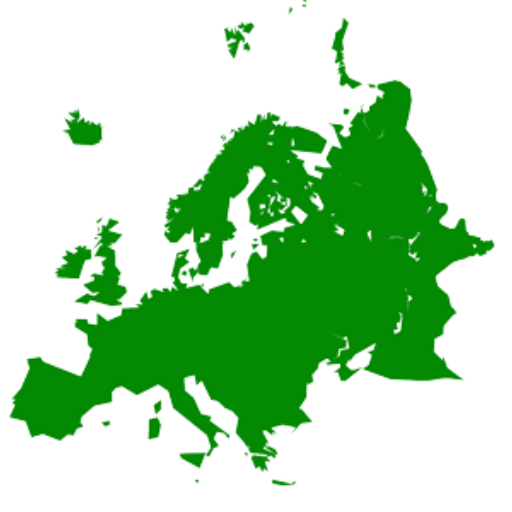 States of Europe
States of Europe
 Sport
Sport
 Financial
Financial
 Literature
Literature
 Geography
Geography
 Science and technology
Science and technology



 Military, defense and equipment
Military, defense and equipment
 Review
Review
 Media and press
Media and press